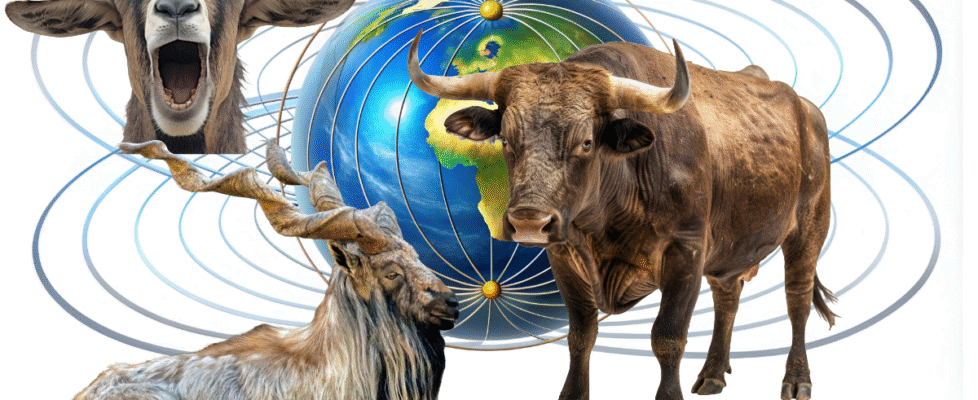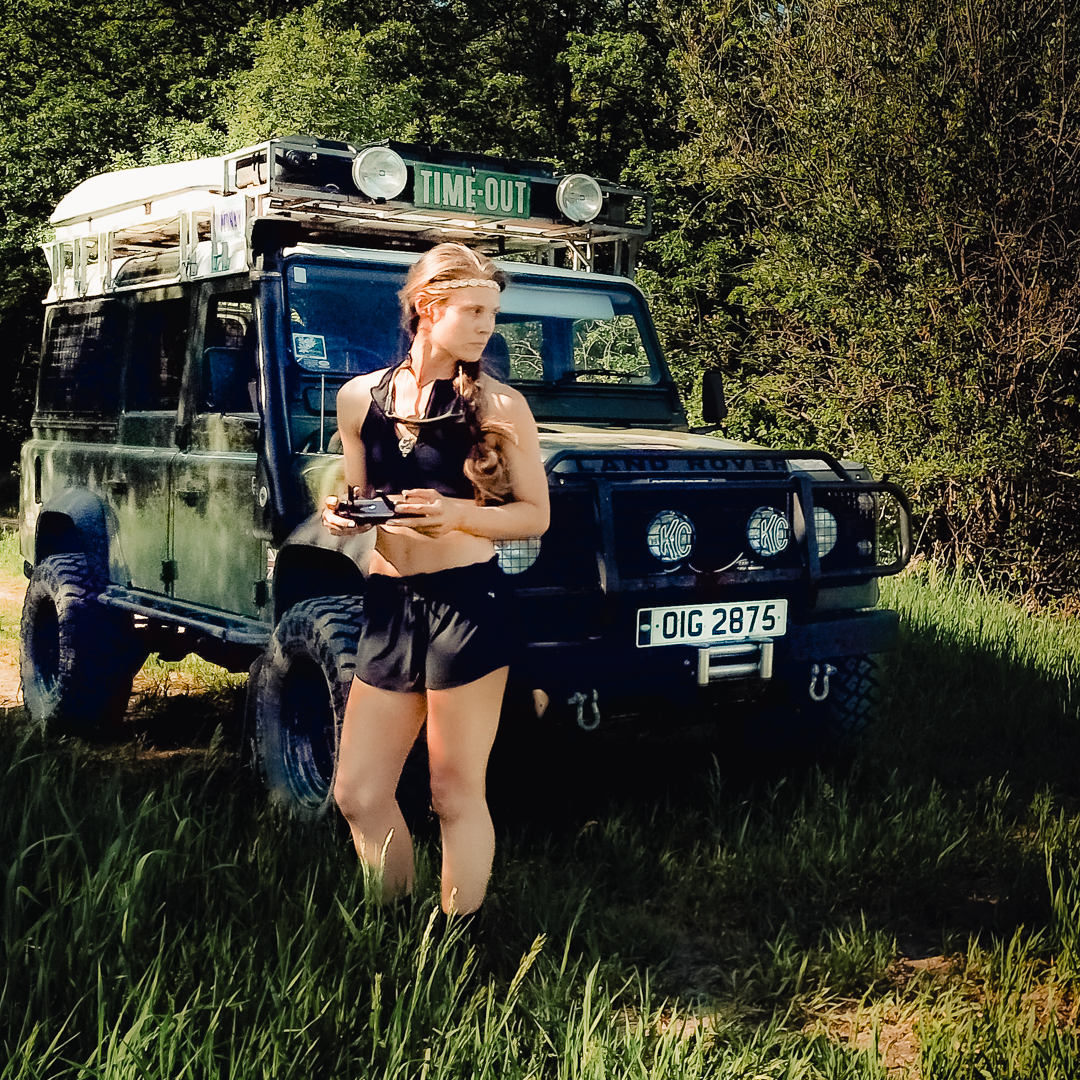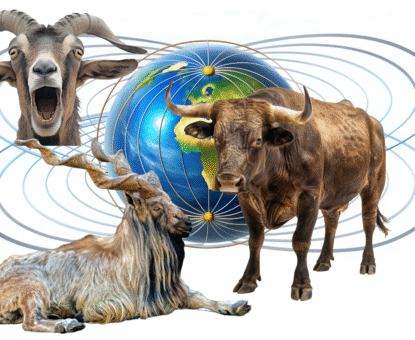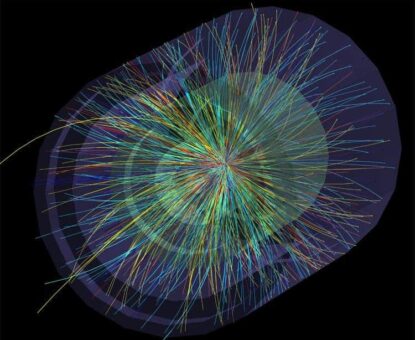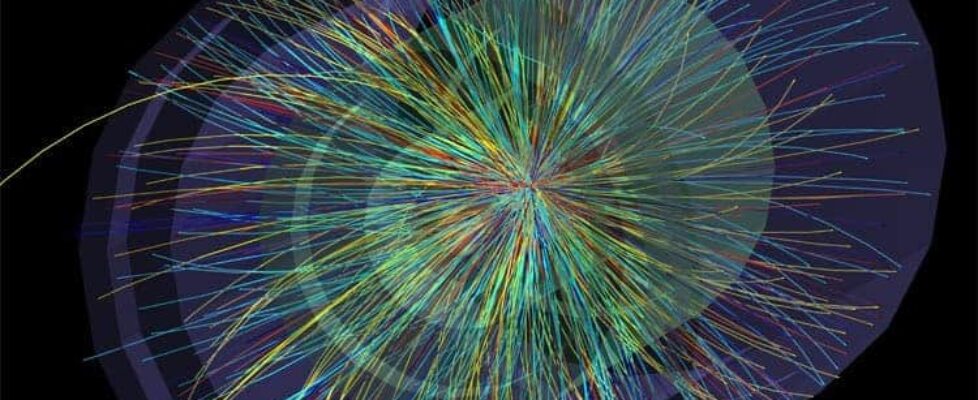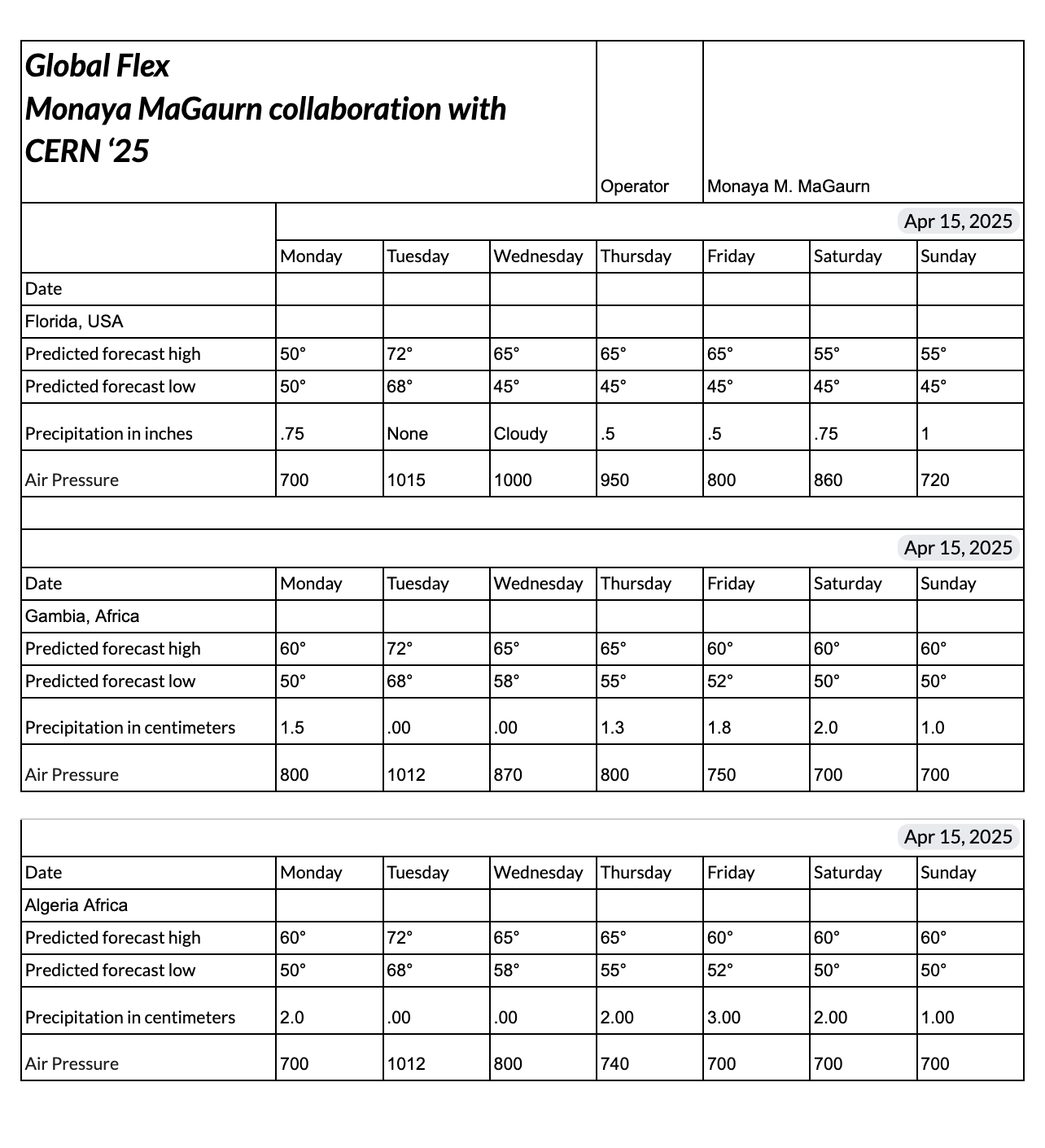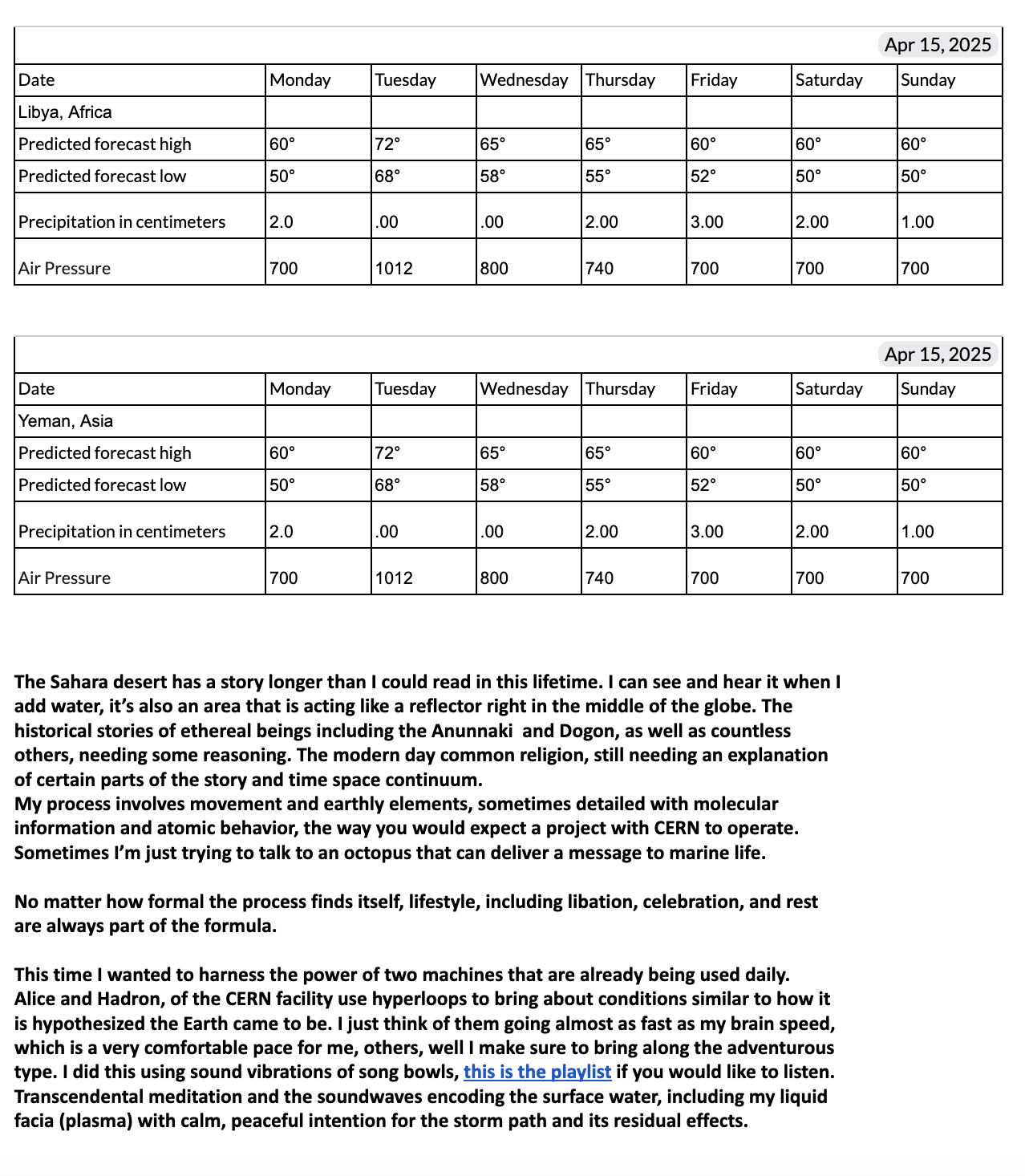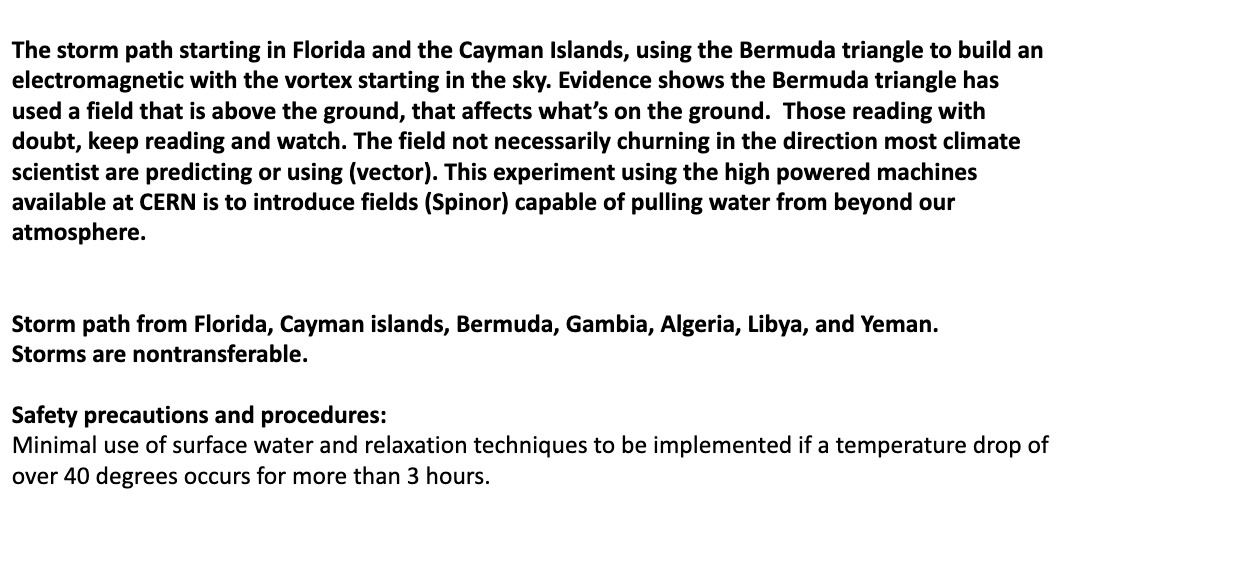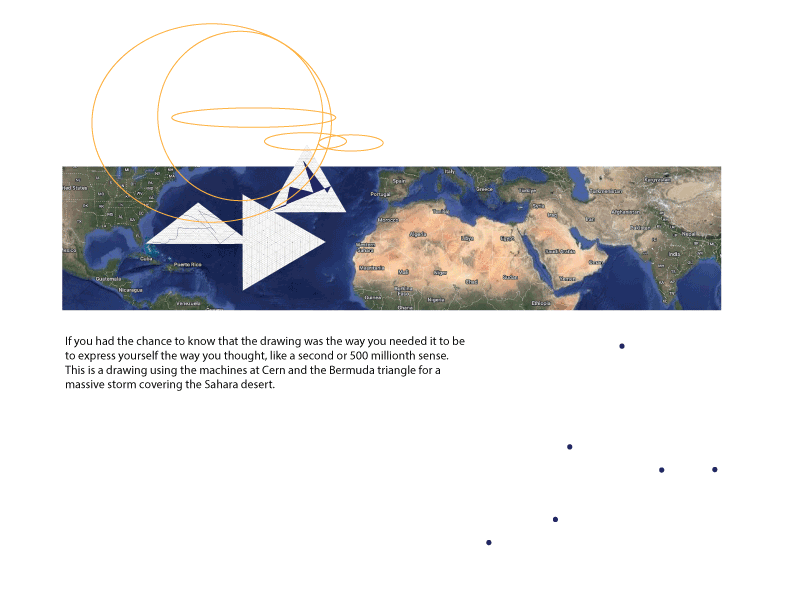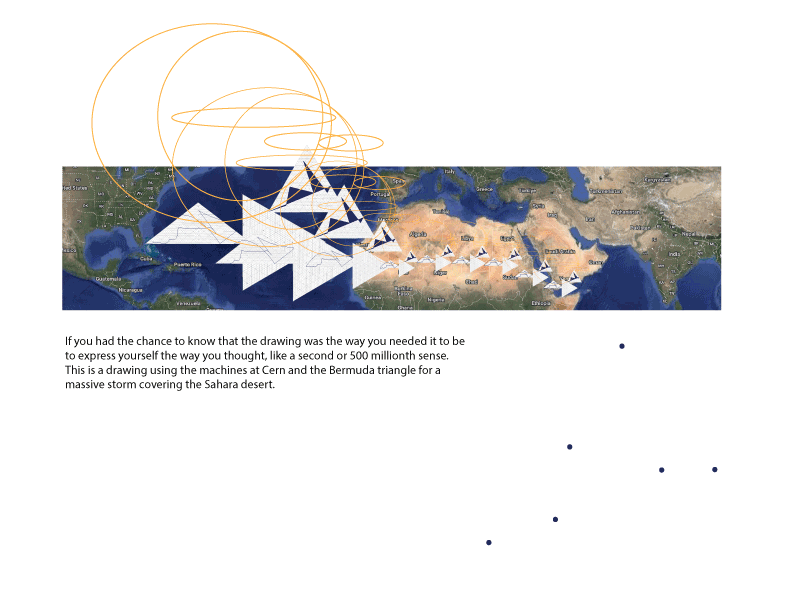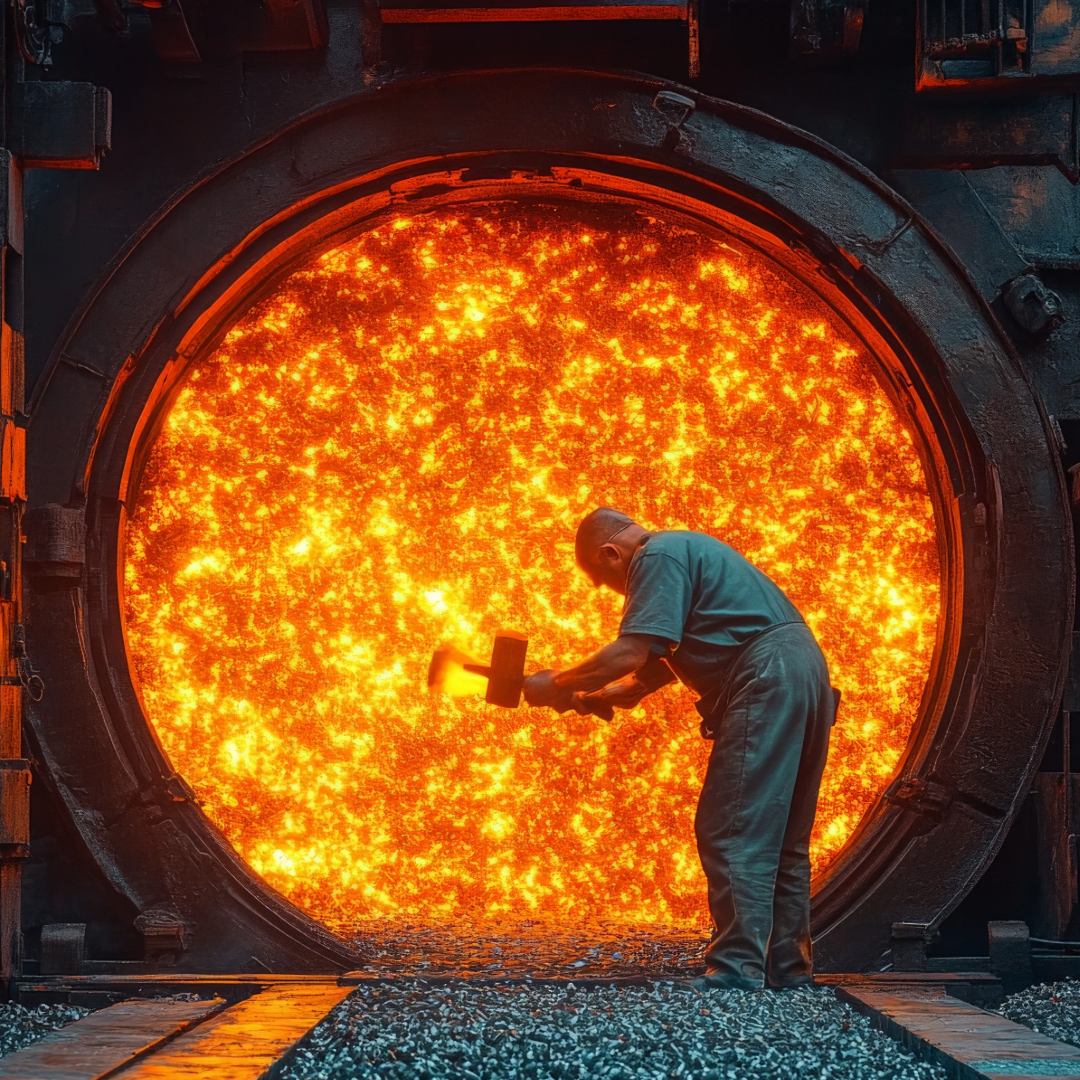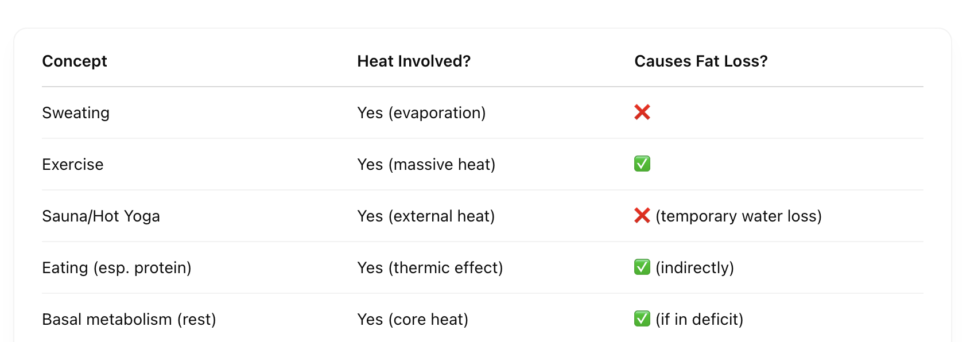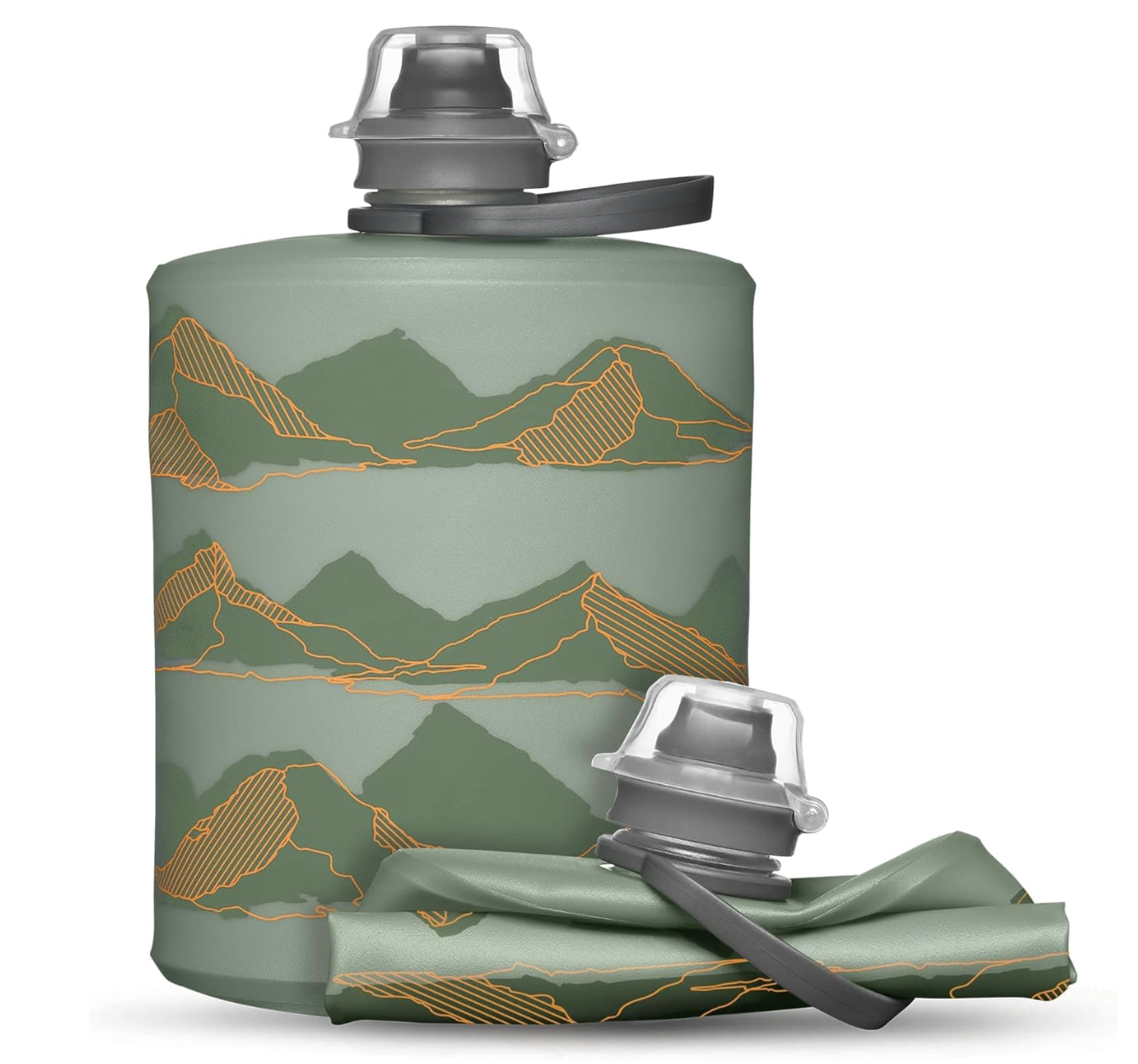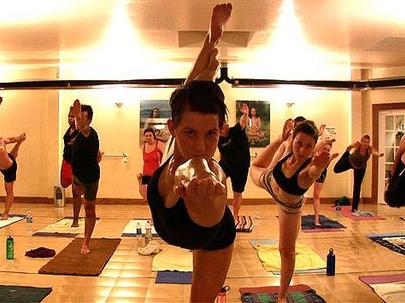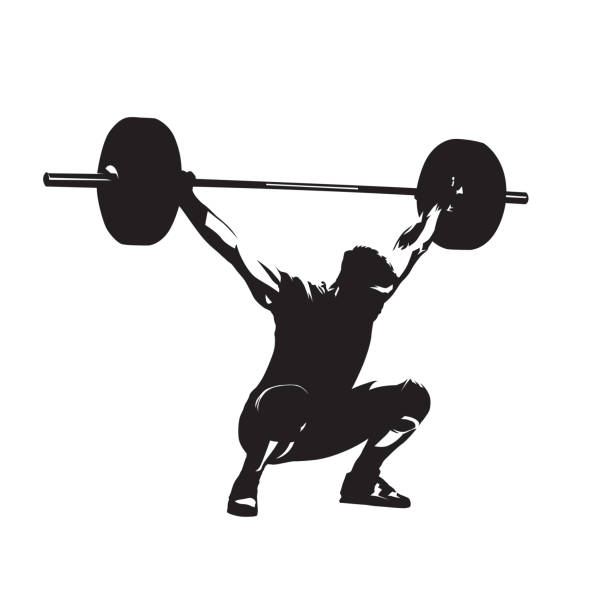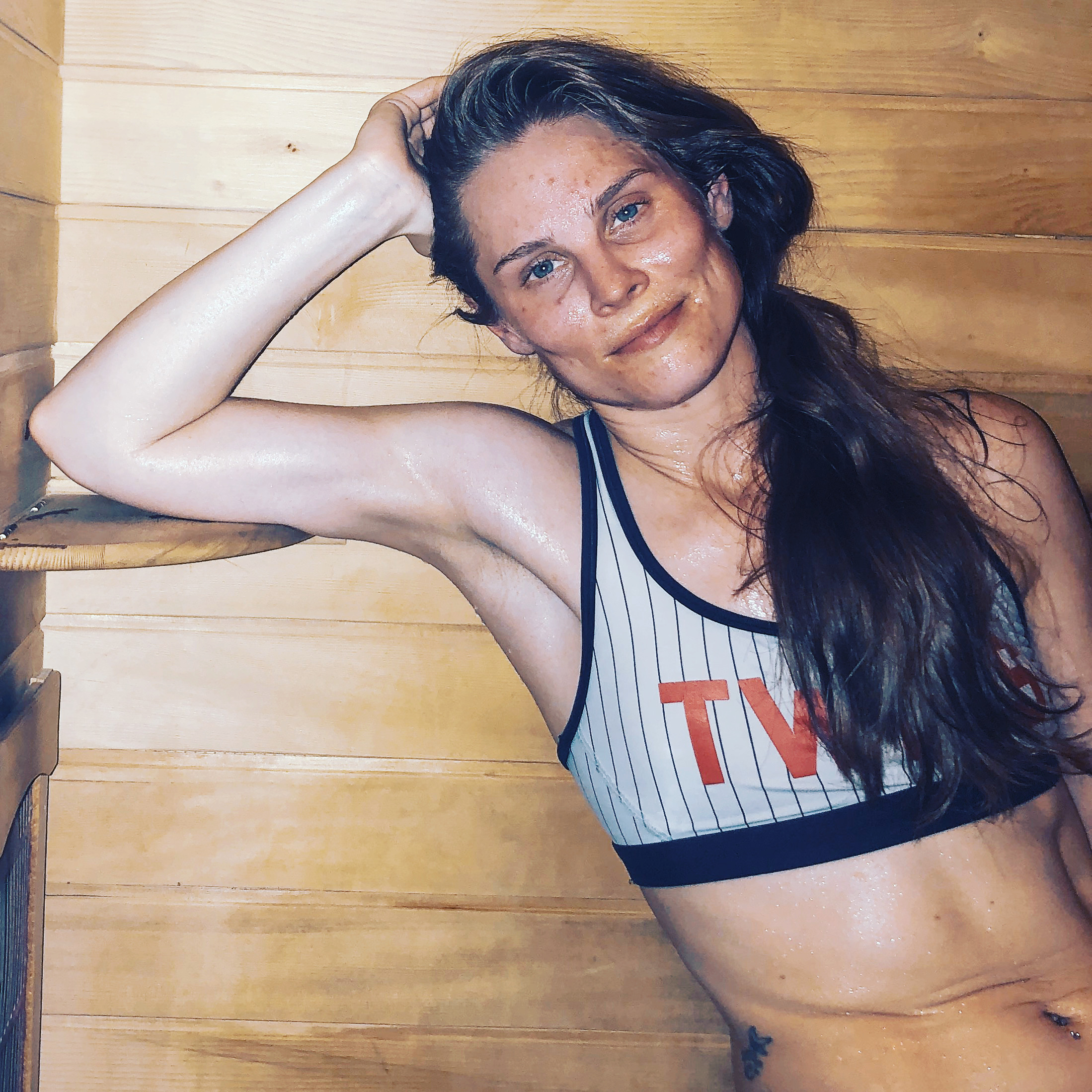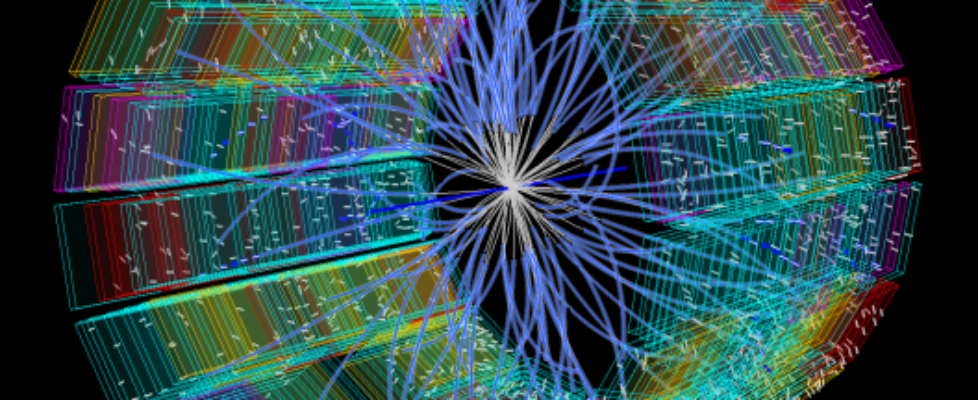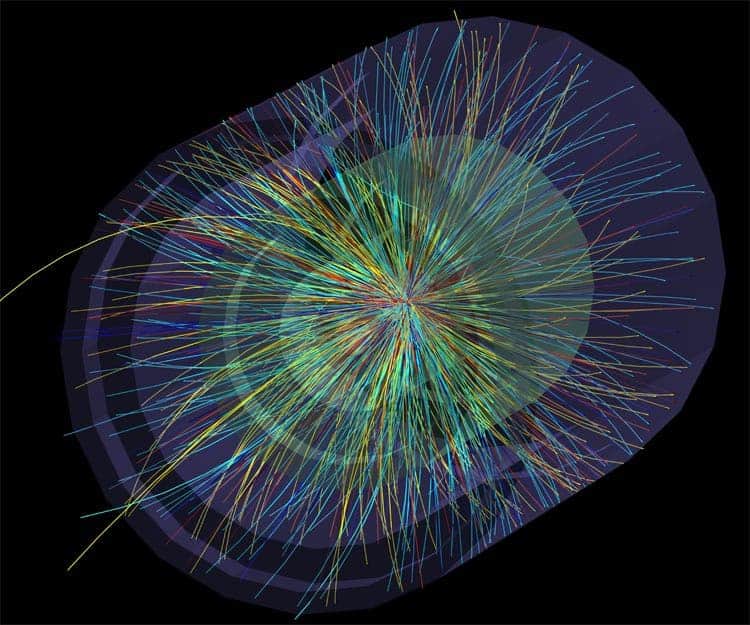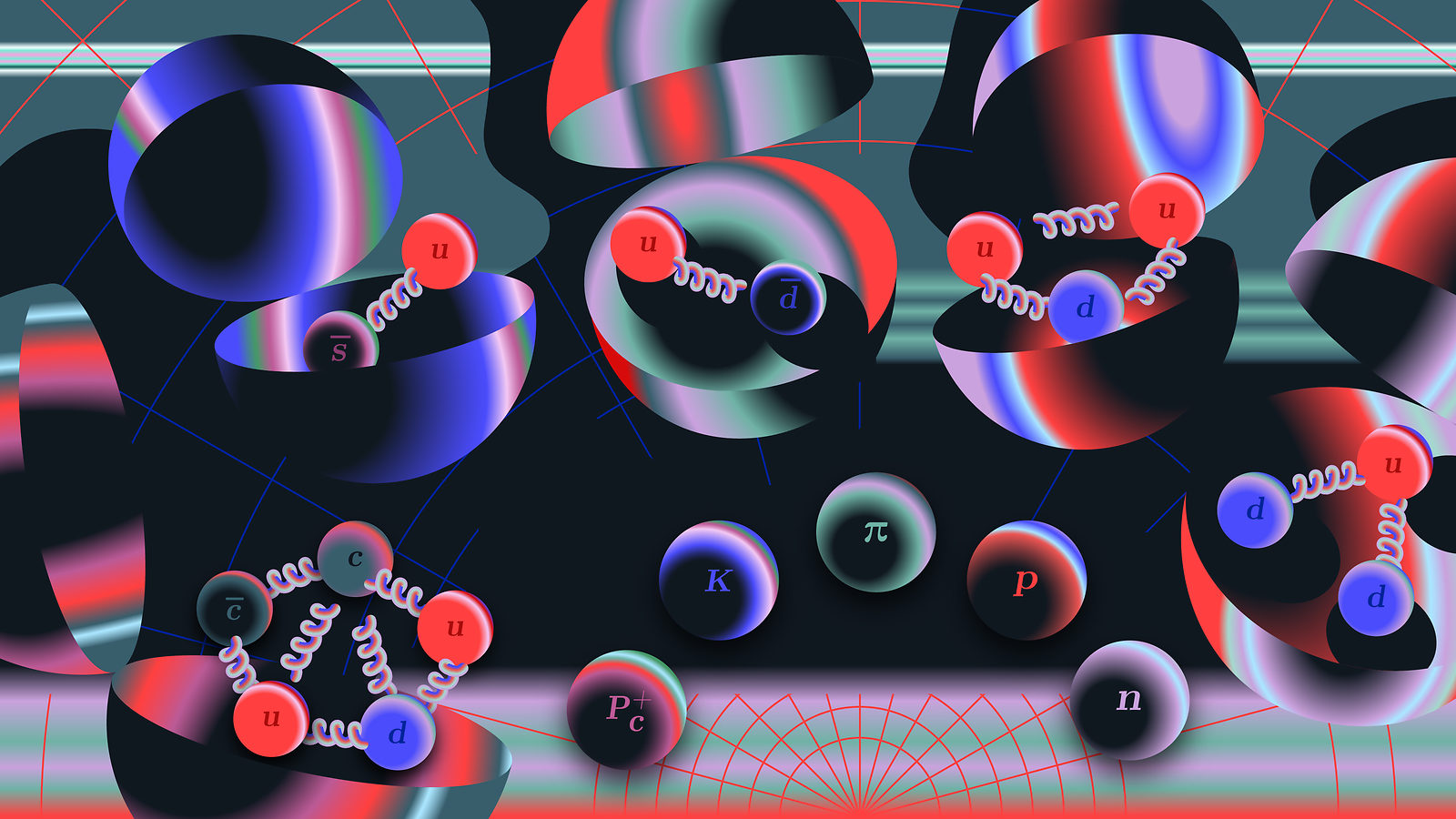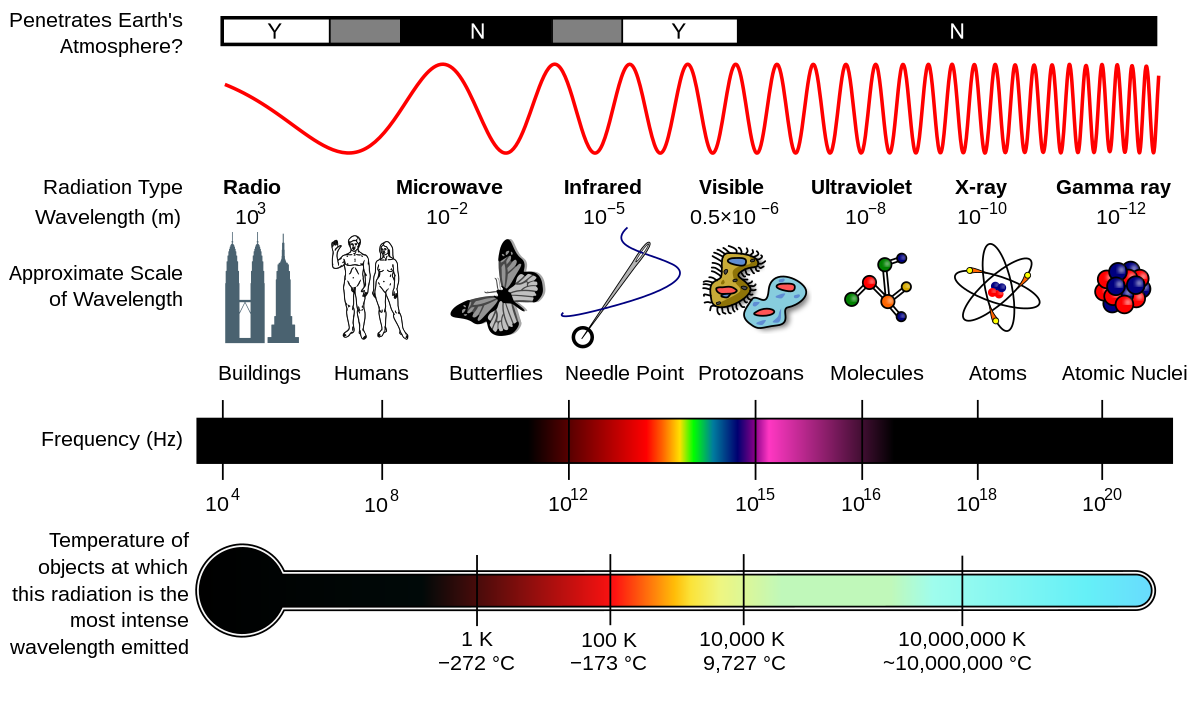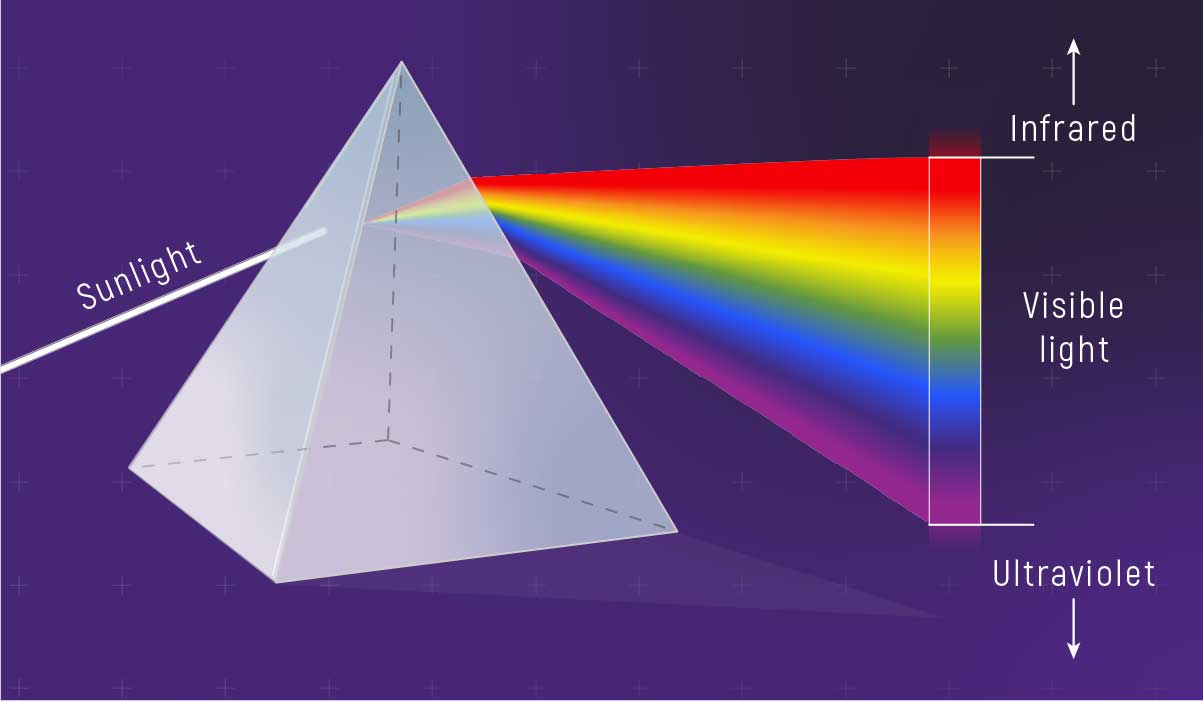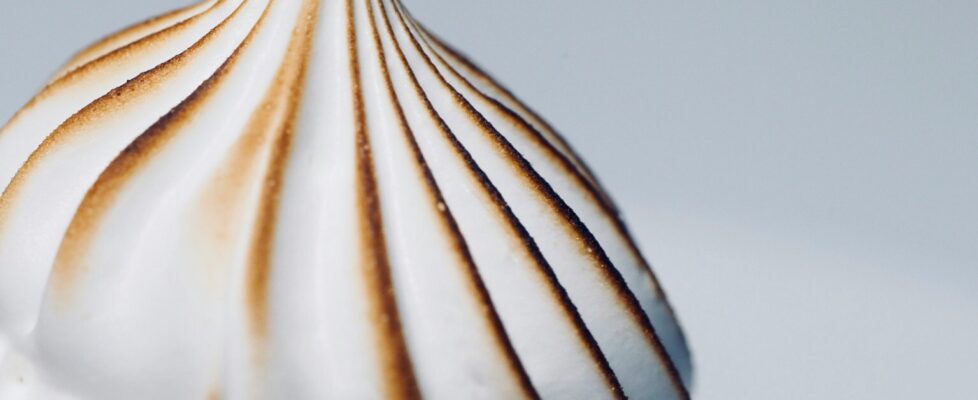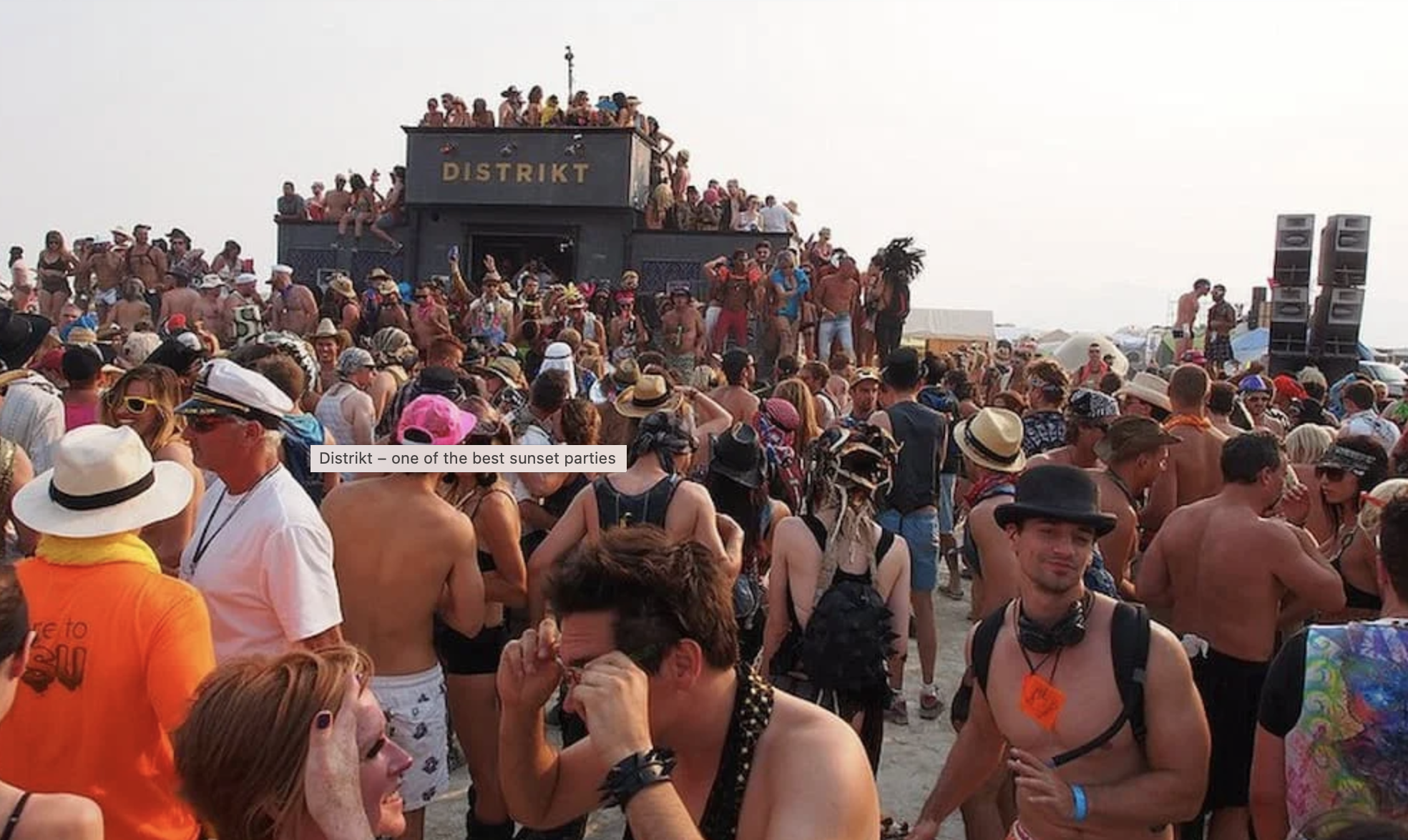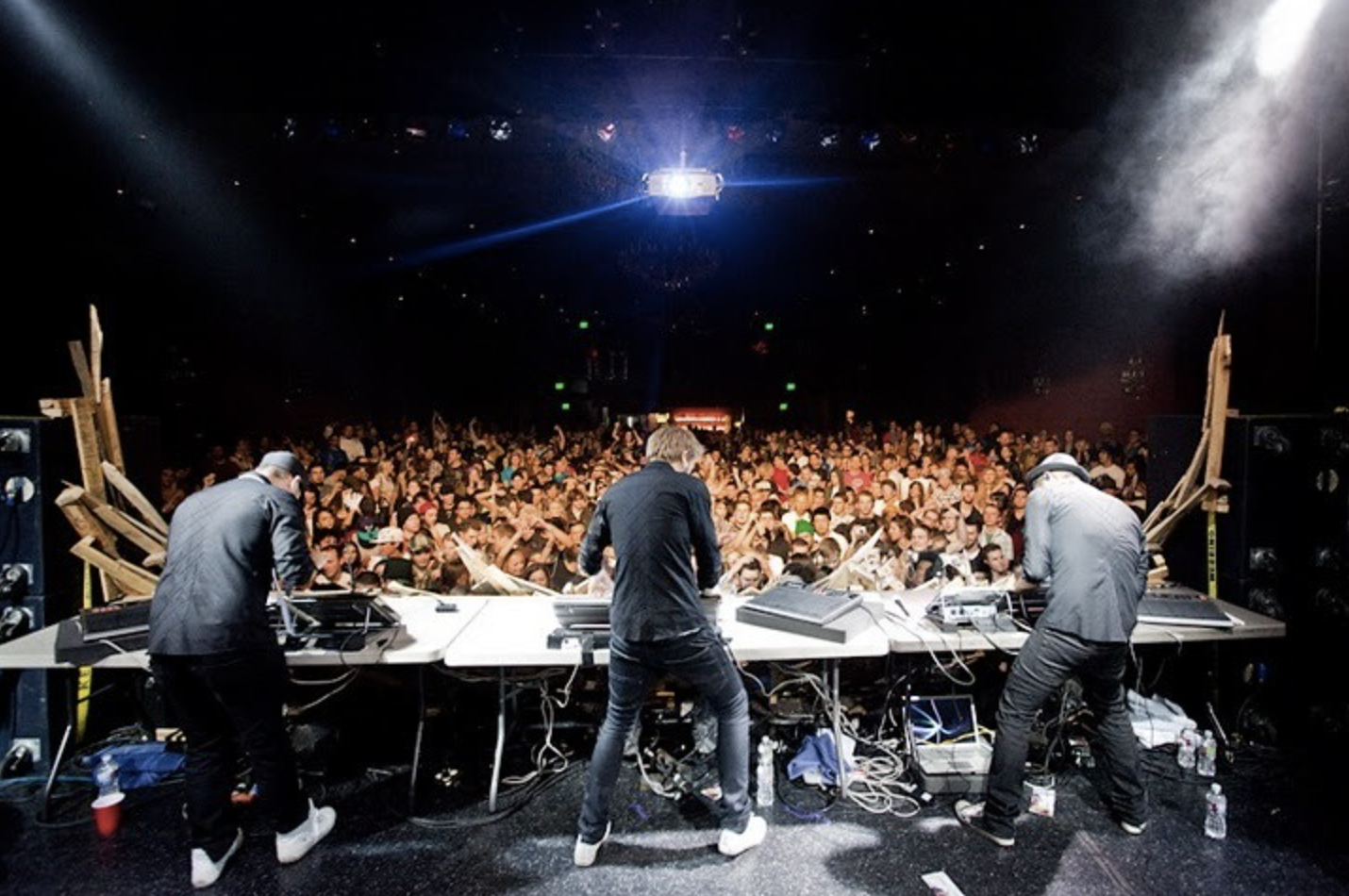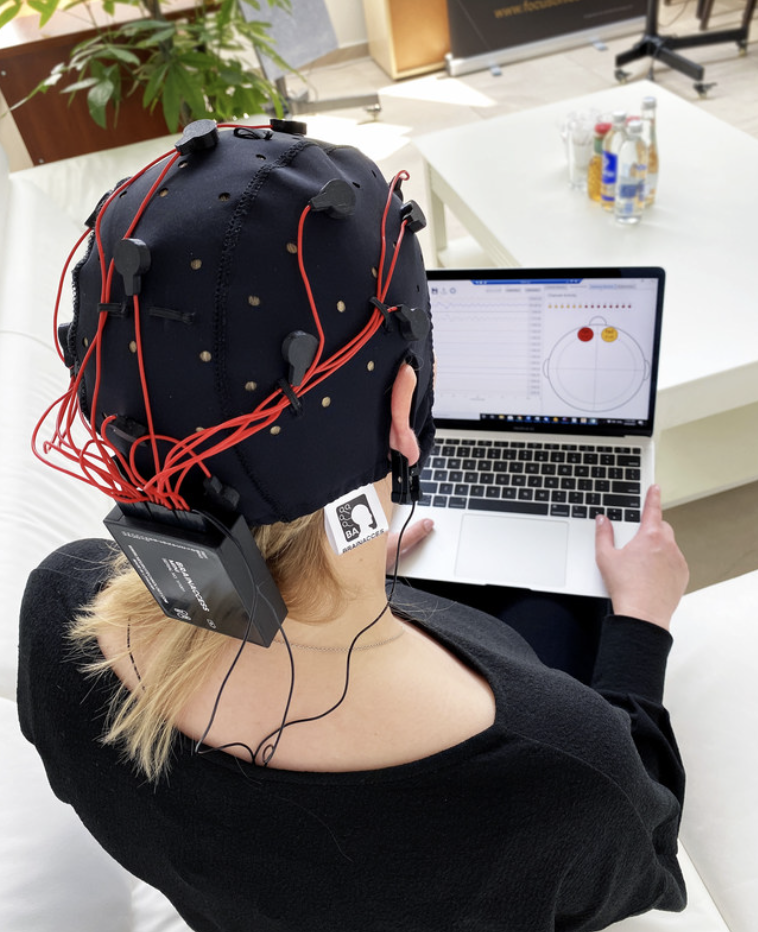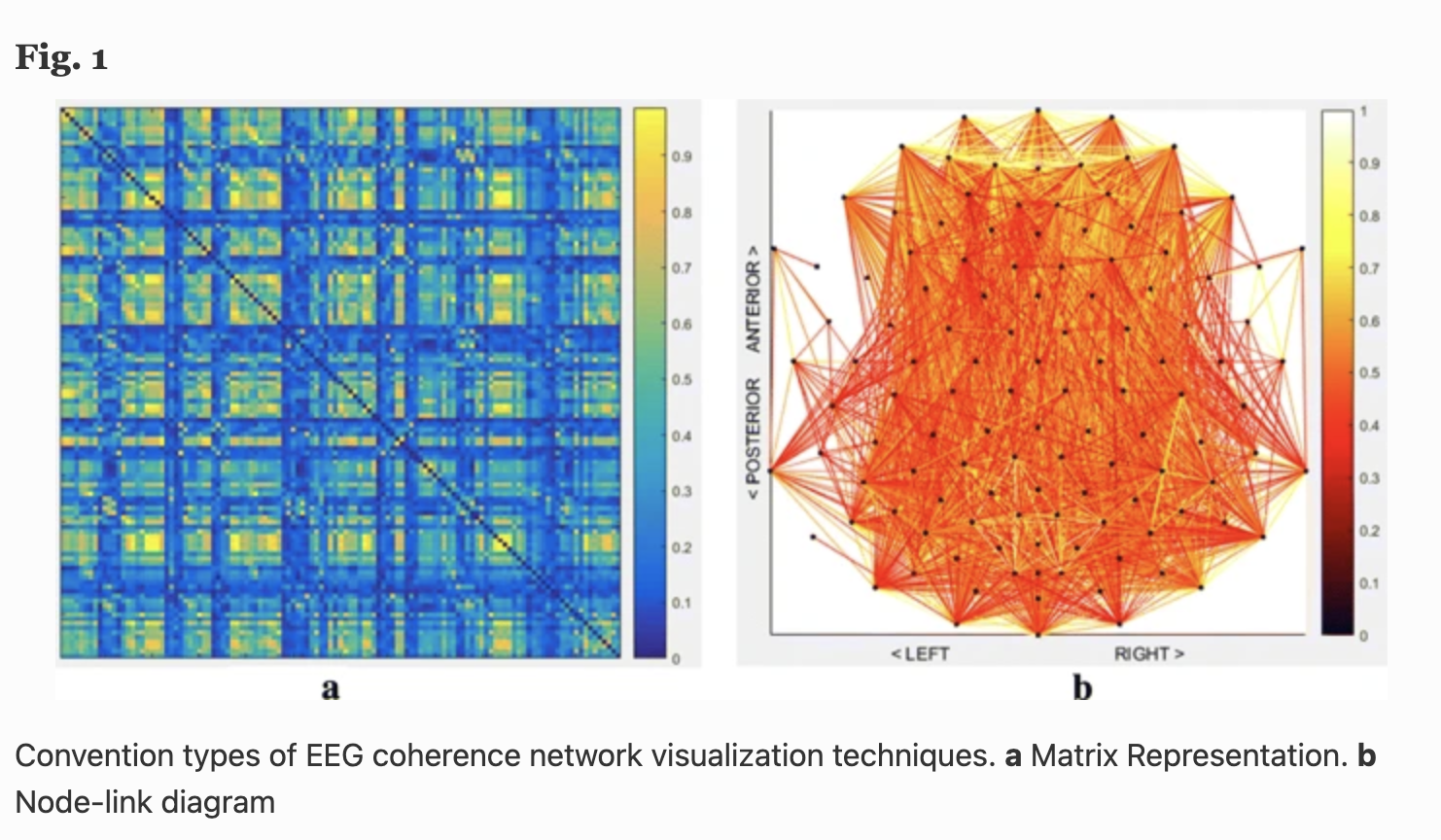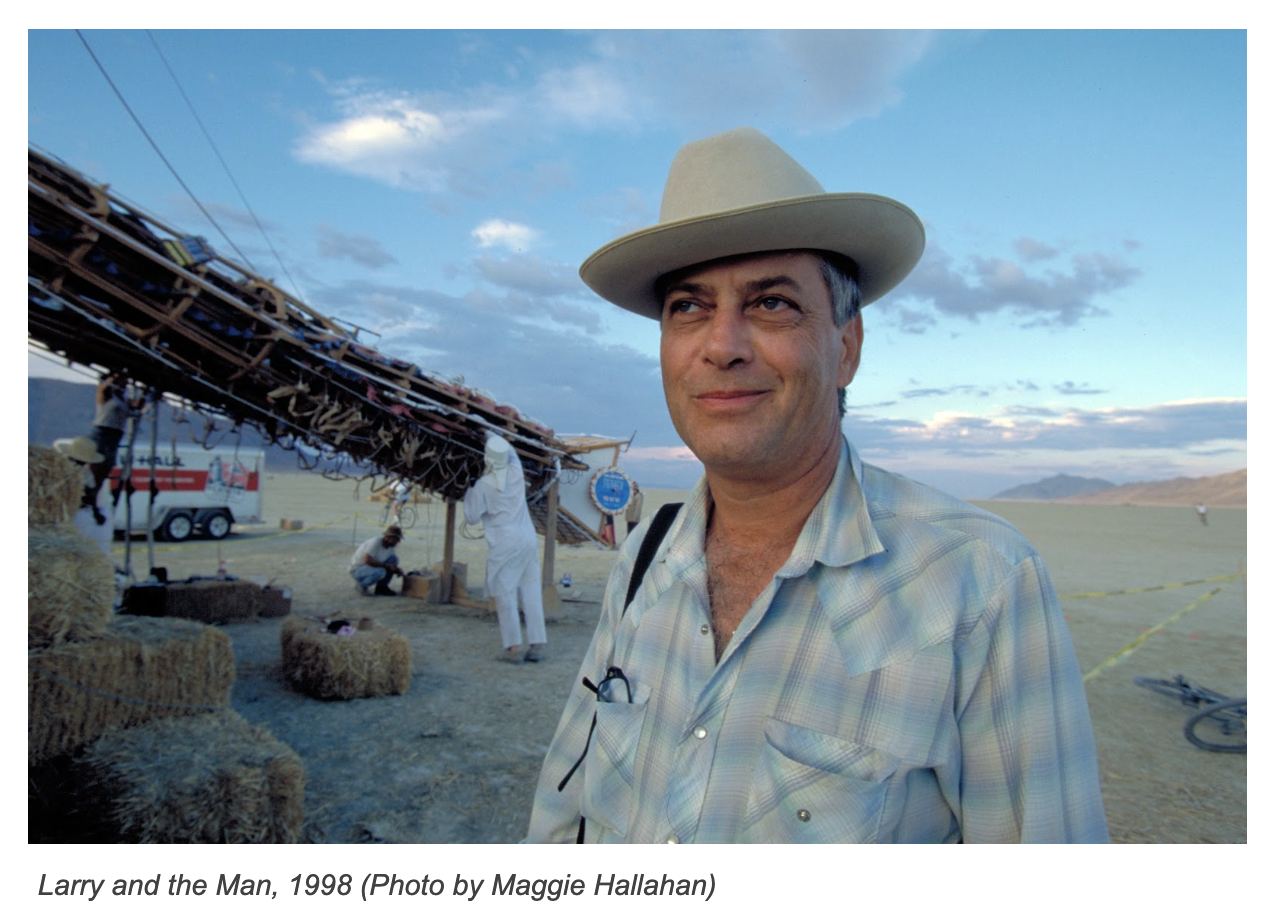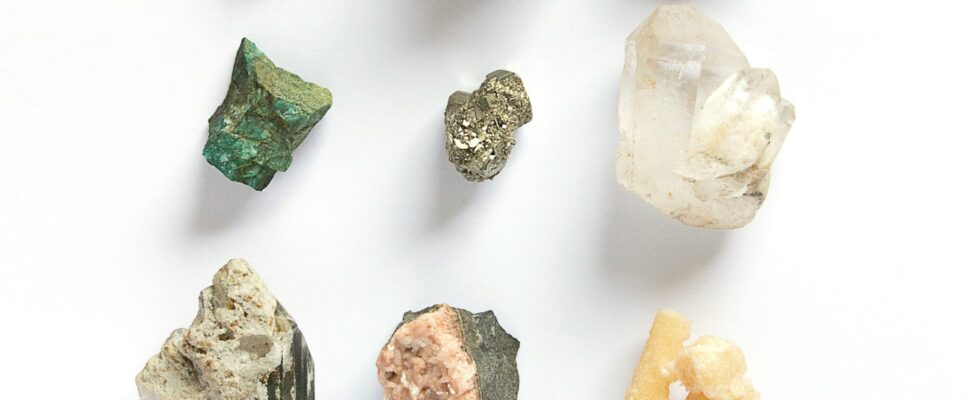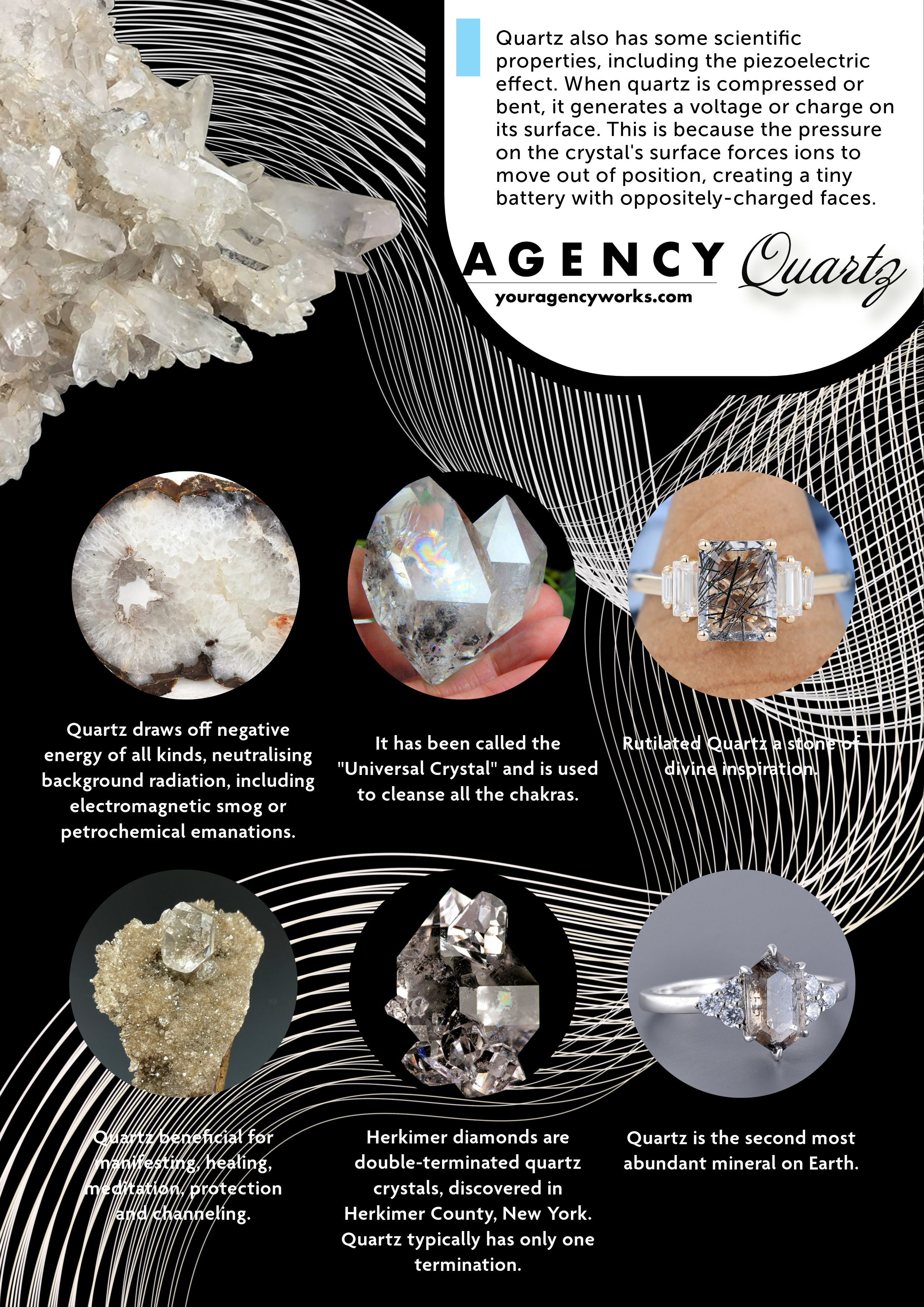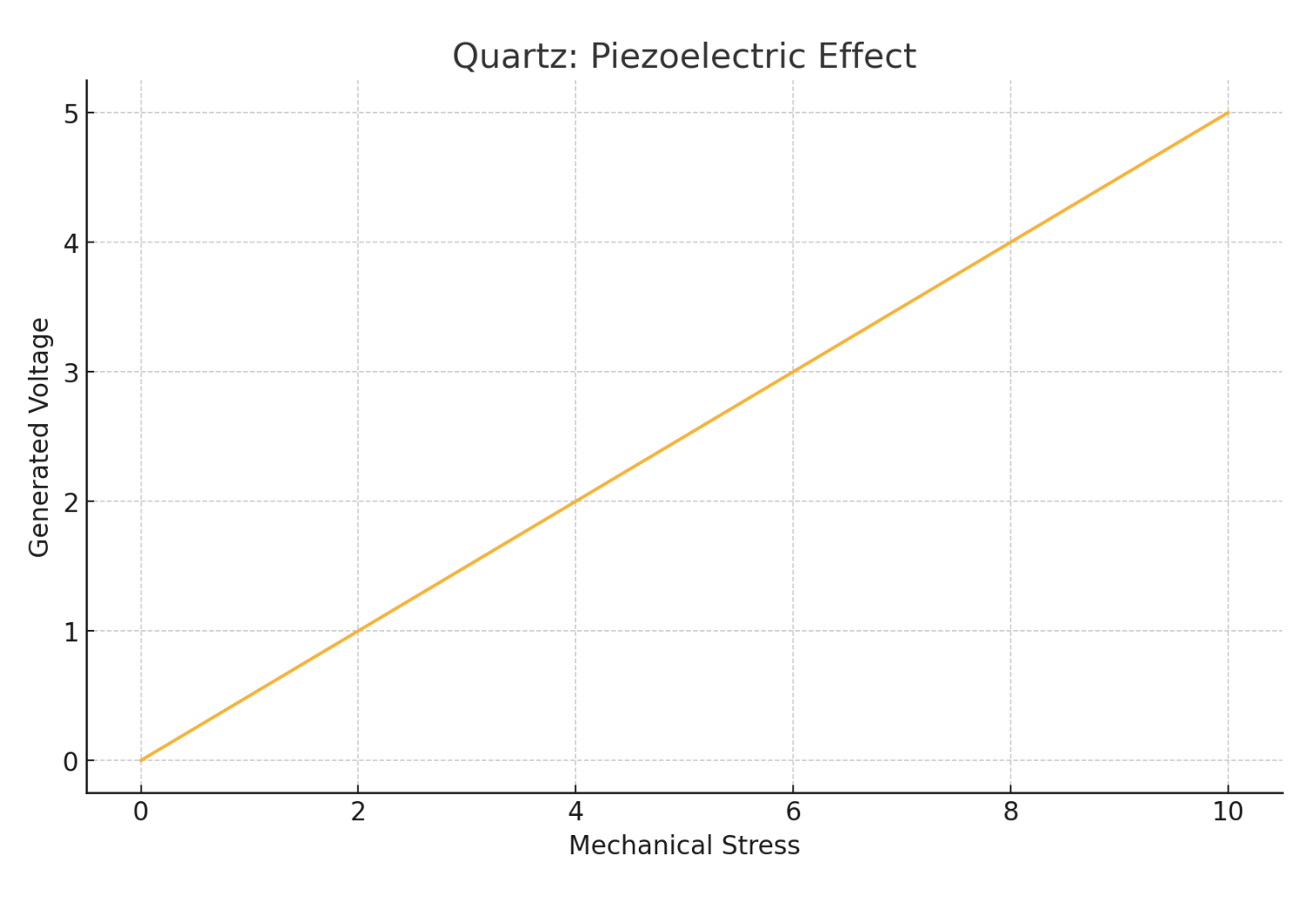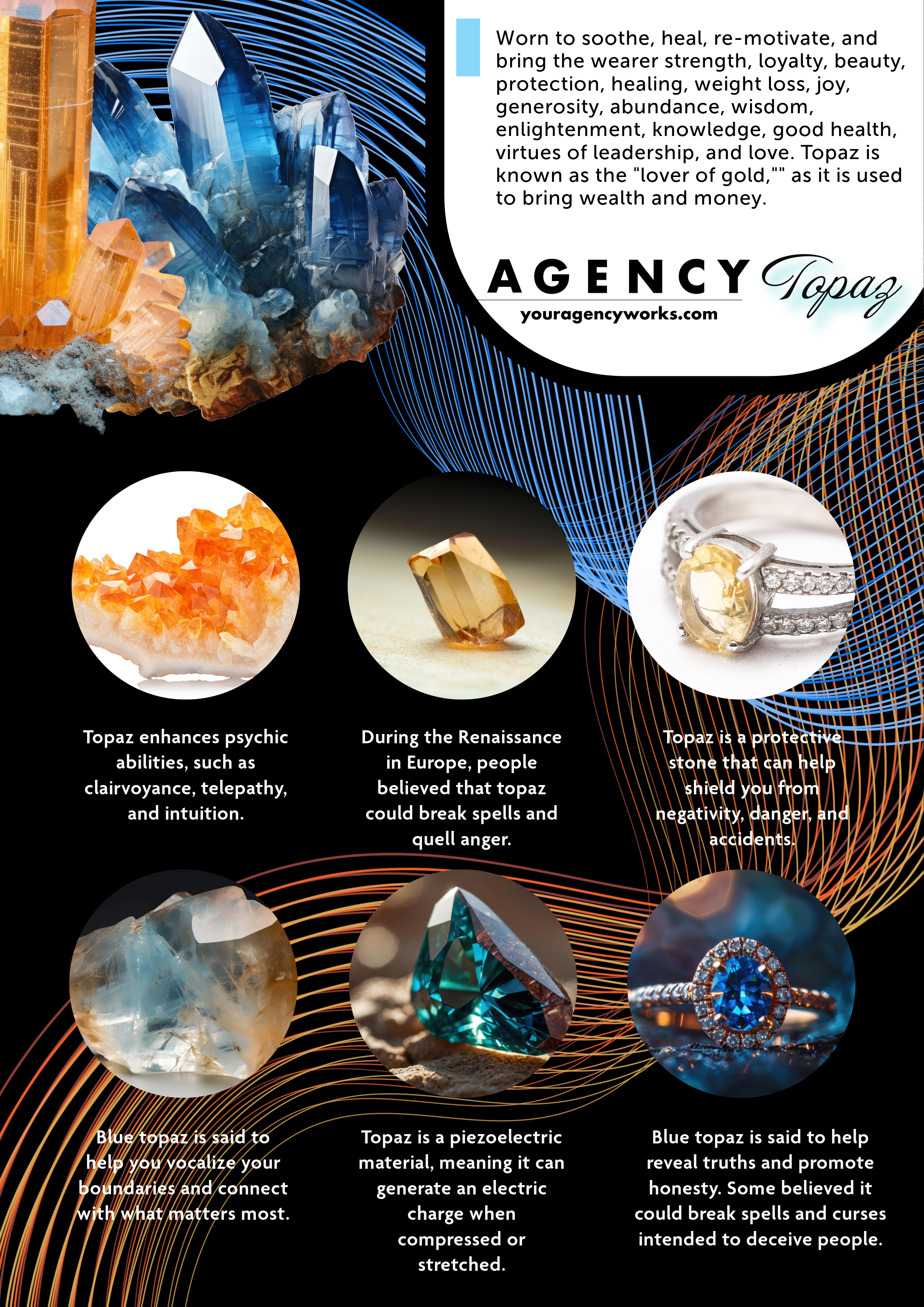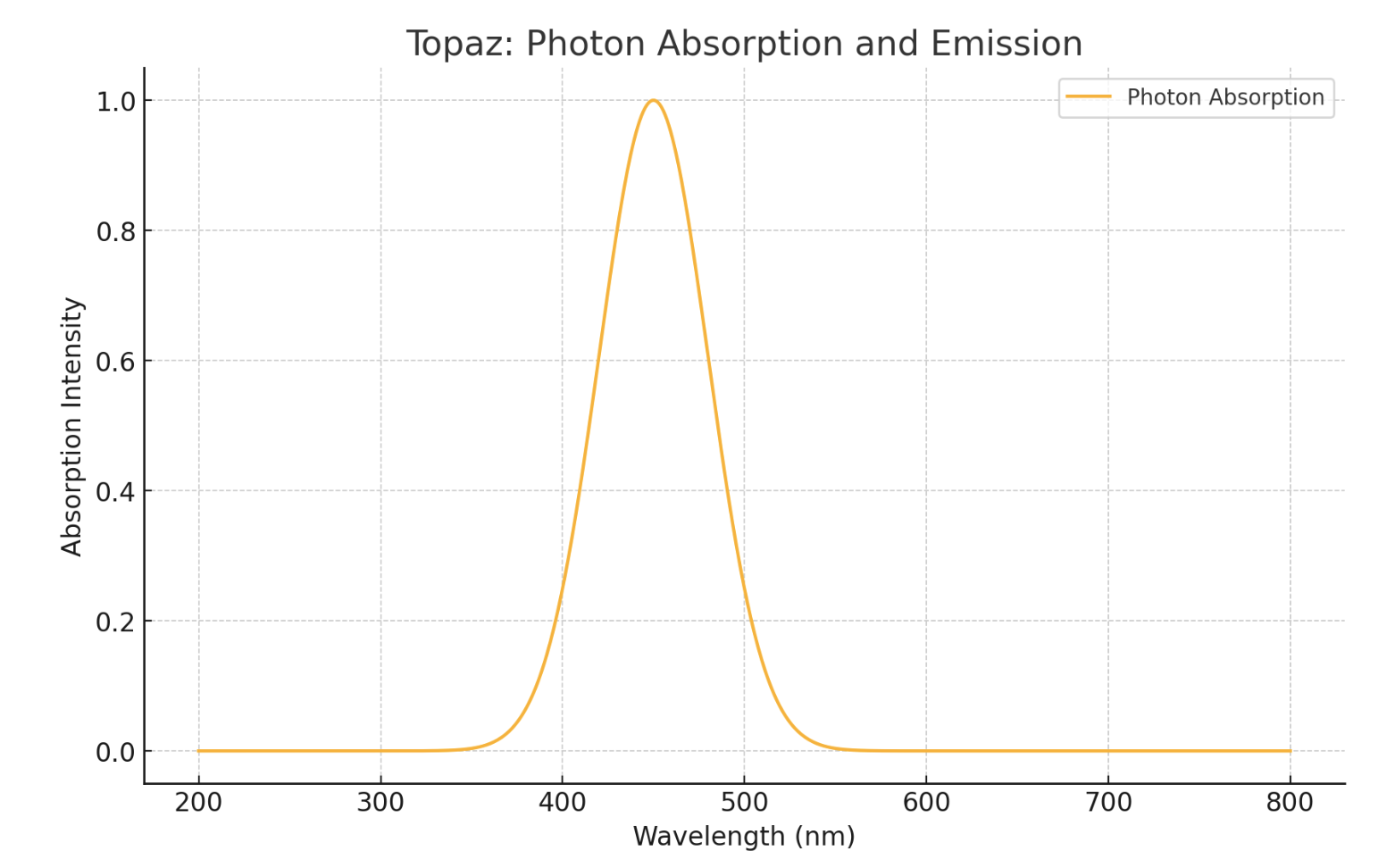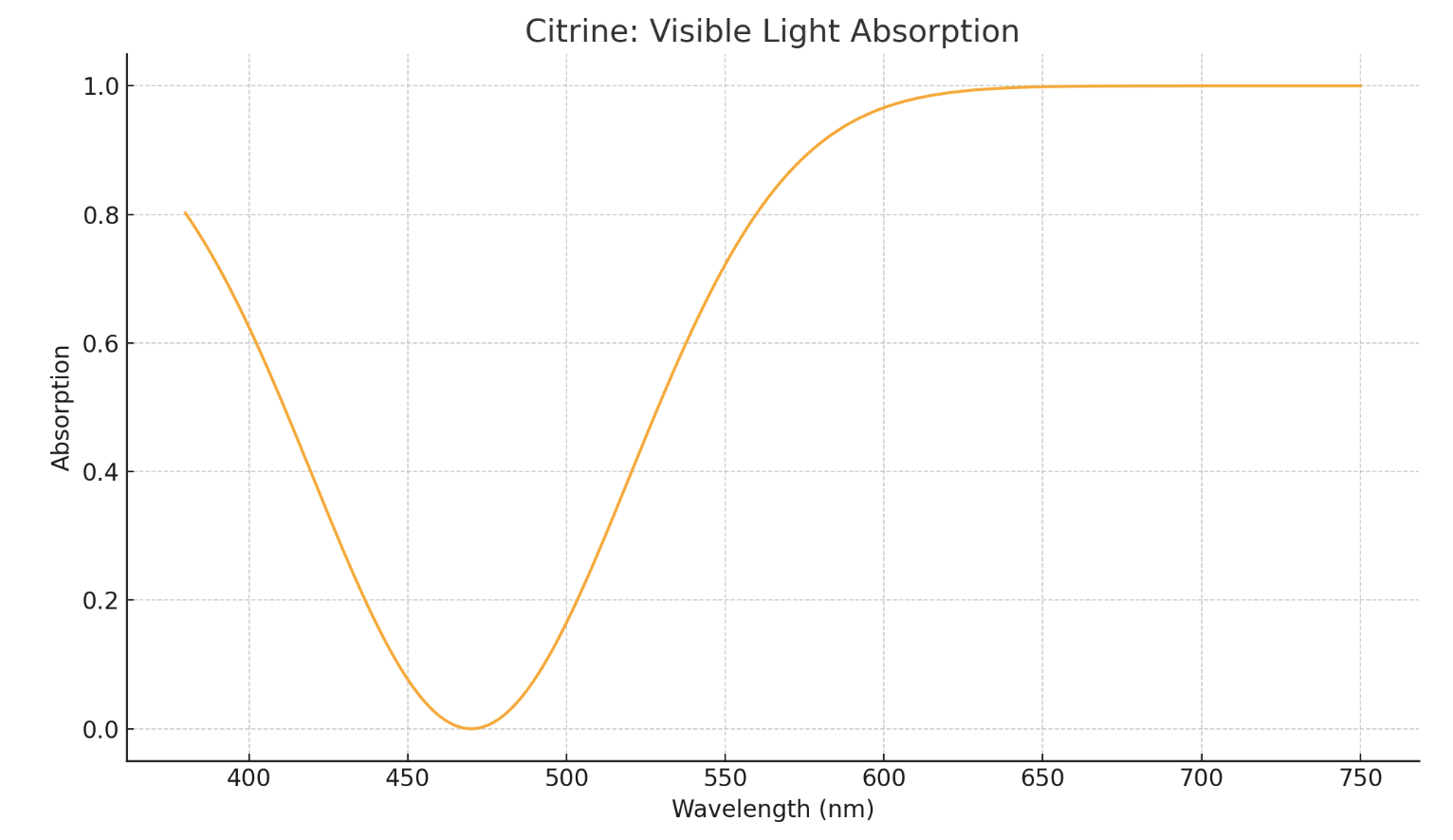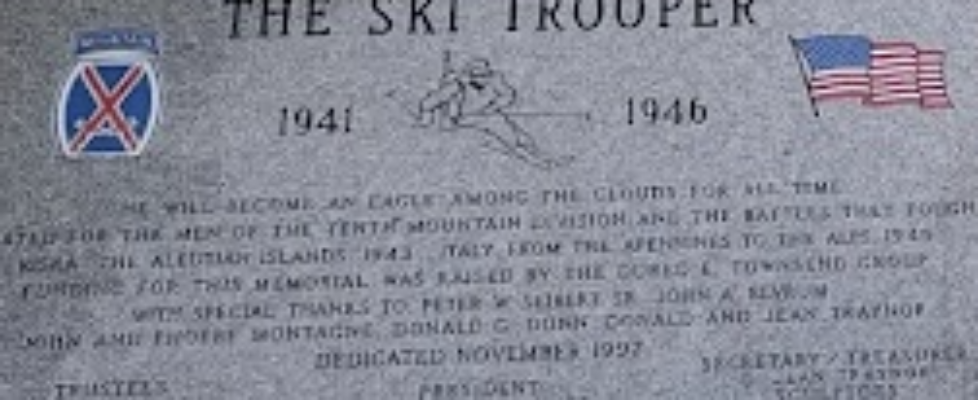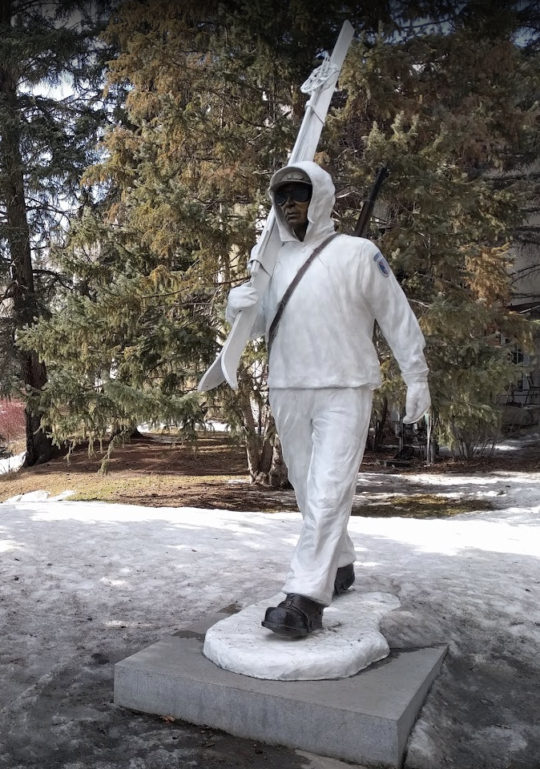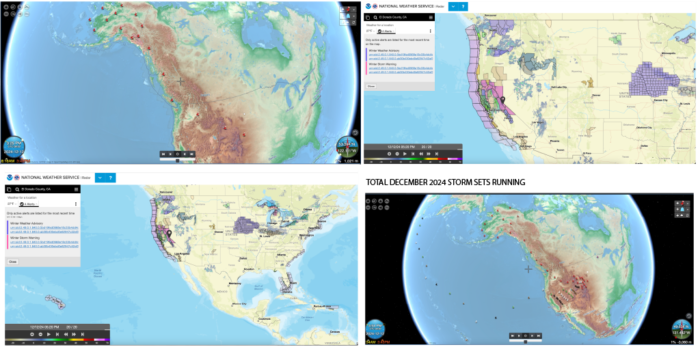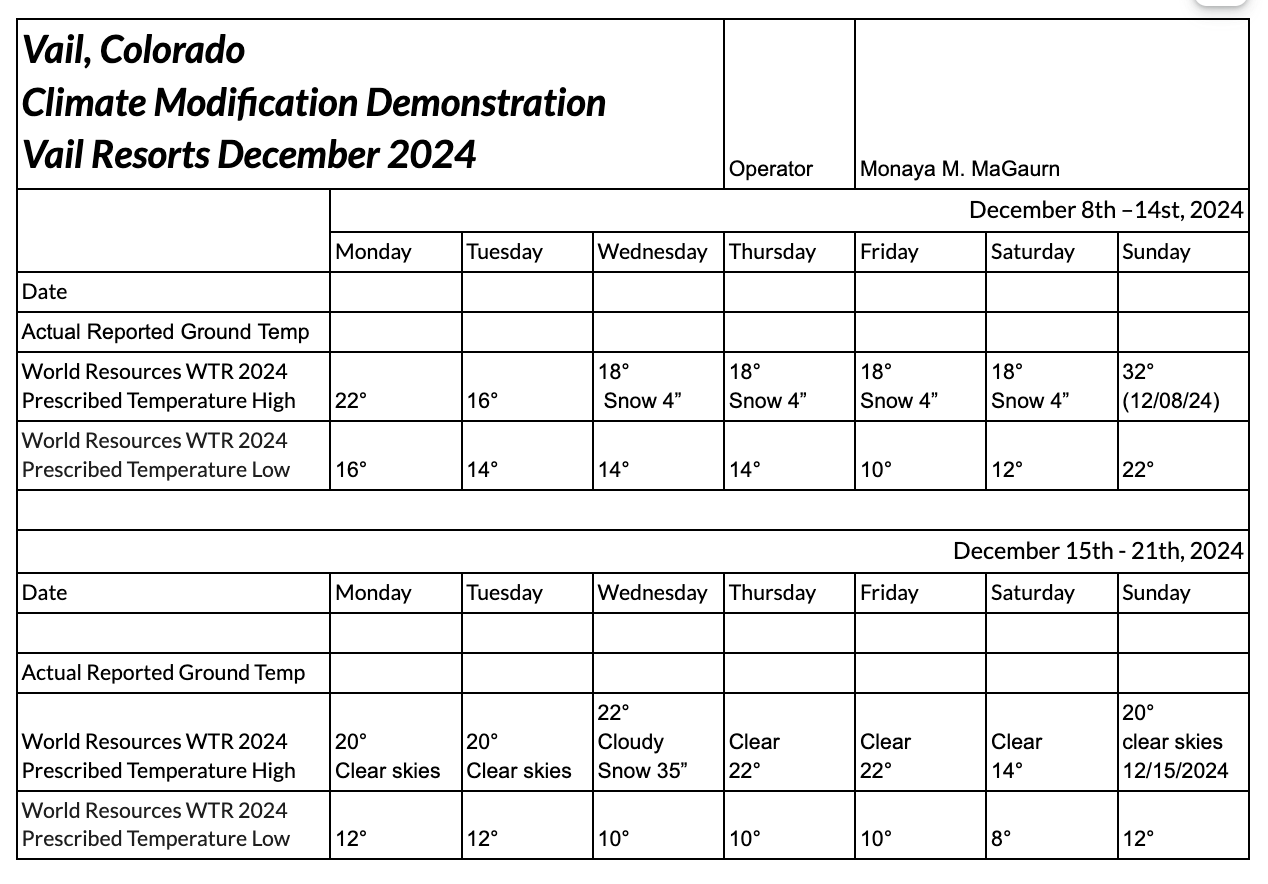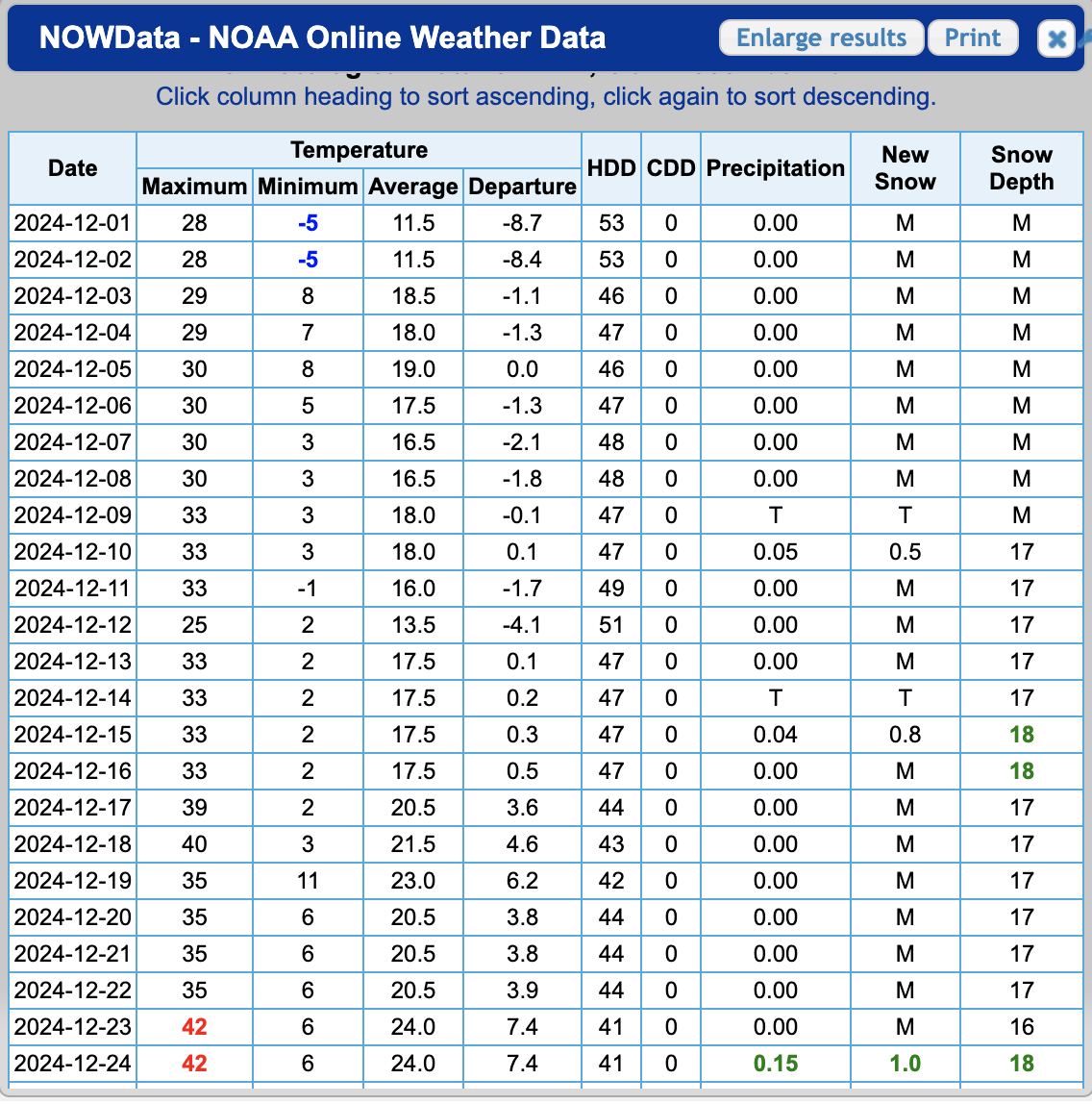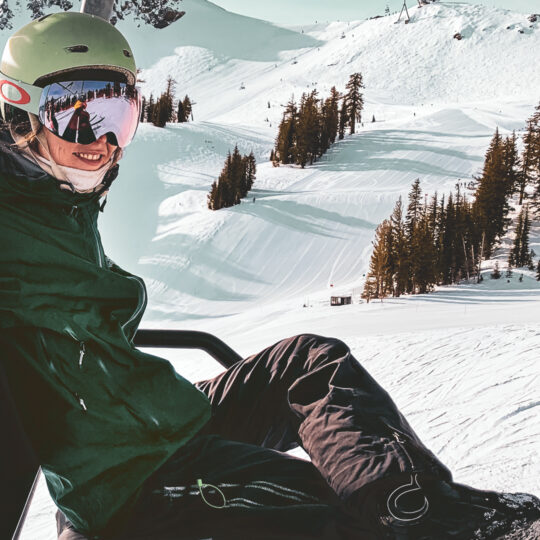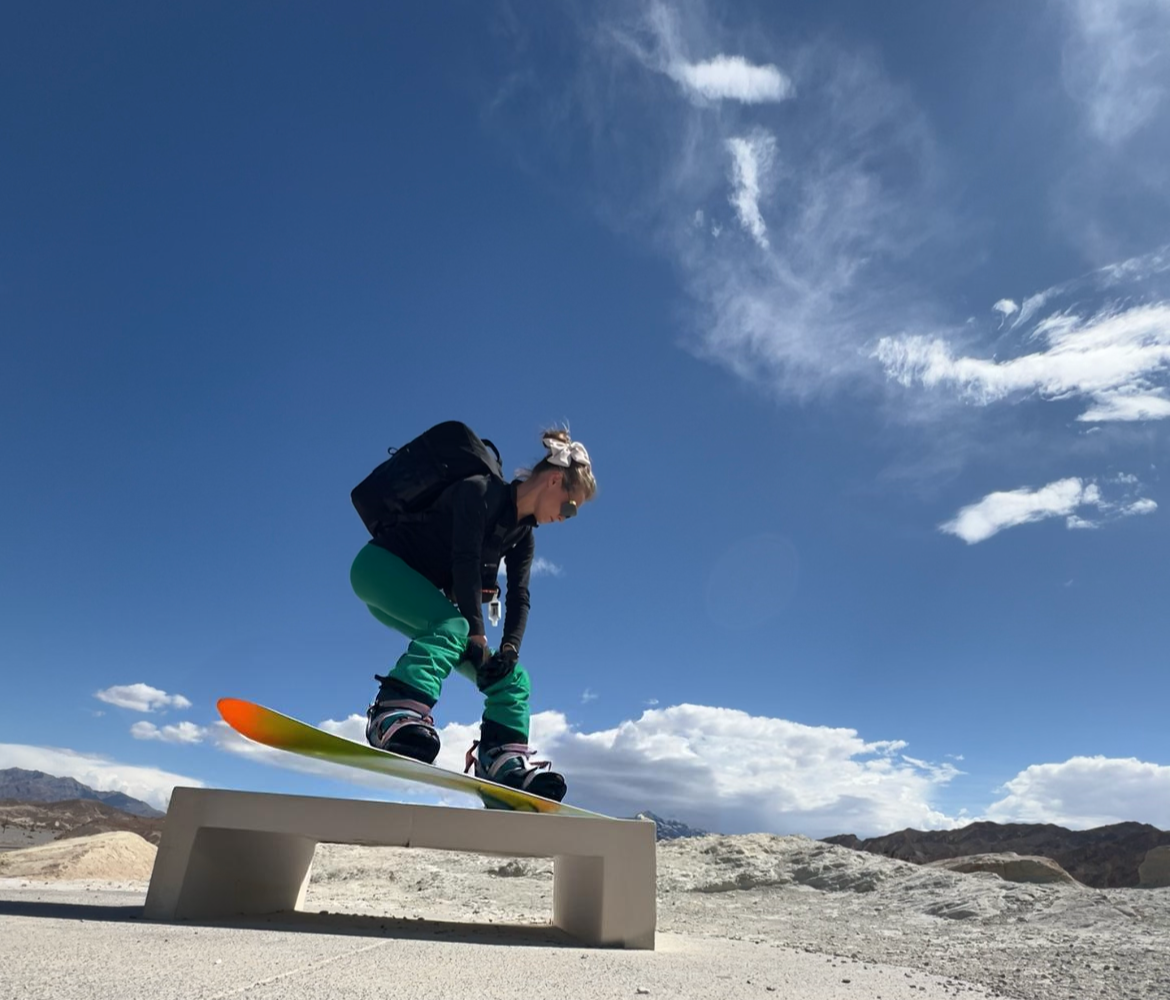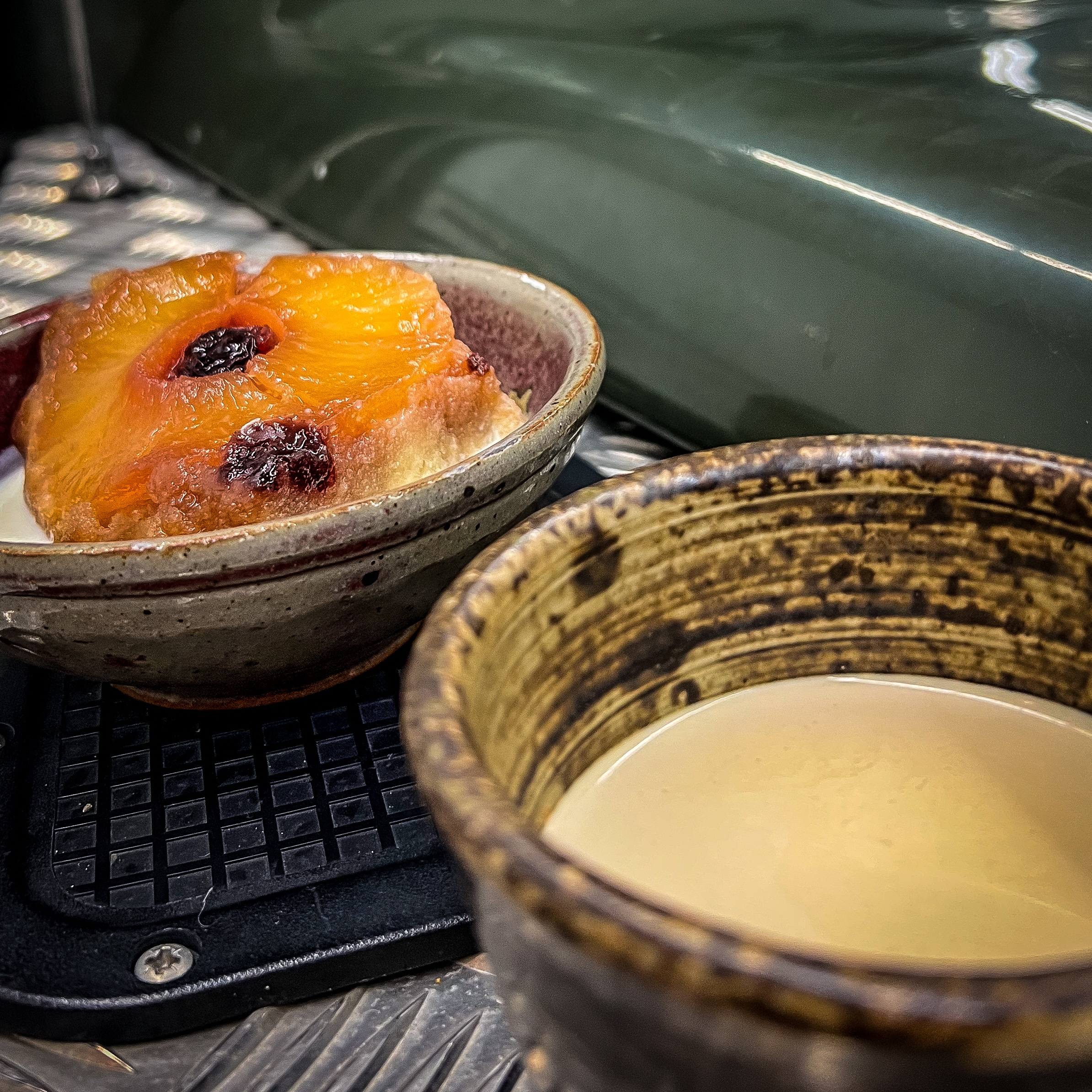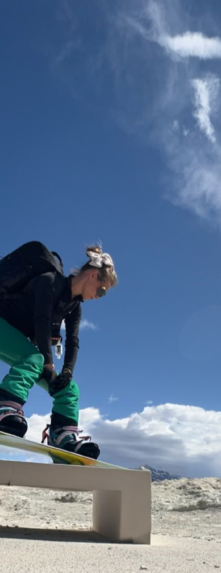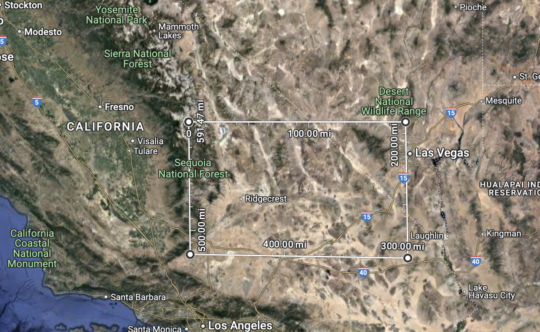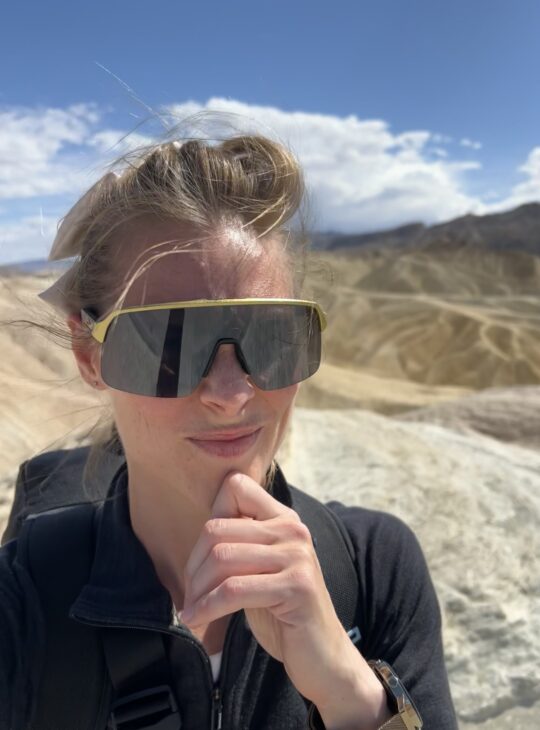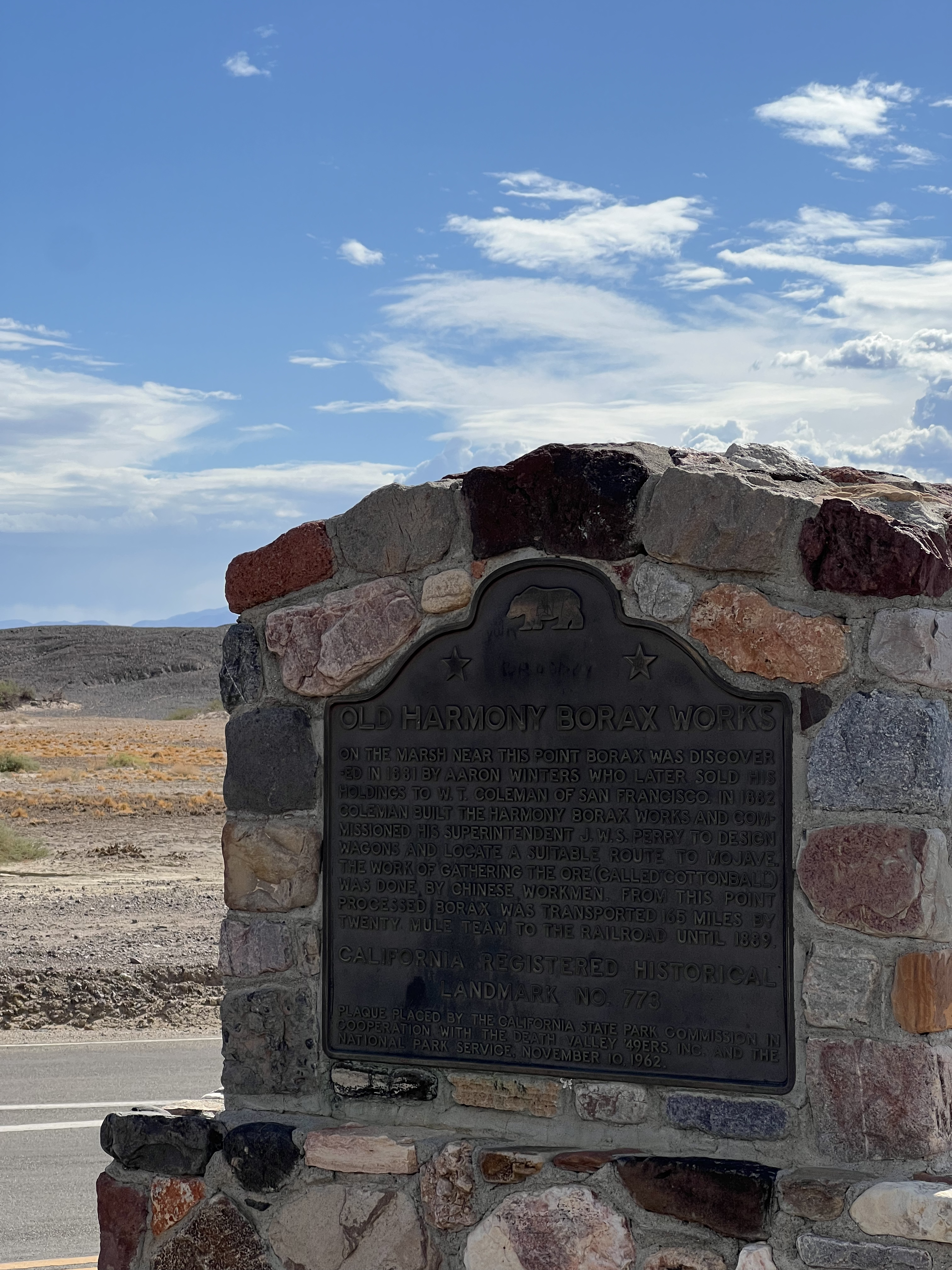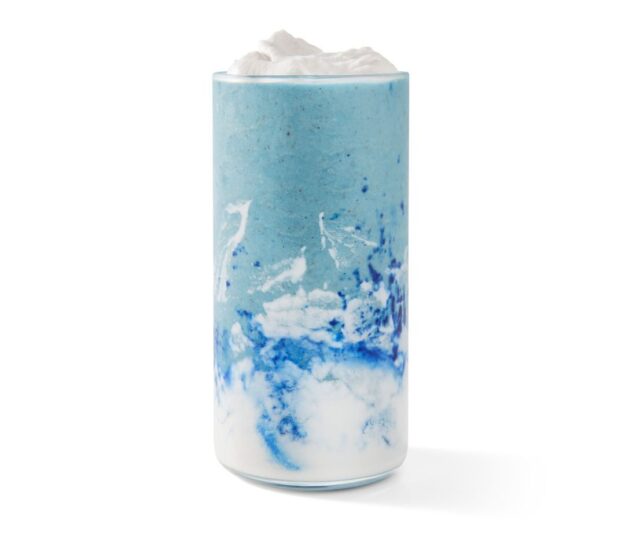Geomagnetic Frequencies and Animal Communication: Quantum Connections in the Age of Technology
Throughout evolutionary history, many animals have developed sophisticated sensory systems to perceive geomagnetic fields. These geomagnetic frequencies, subtle yet pervasive, guide the navigation of migratory birds, sea turtles, bees, and even bacteria. The intricate interaction between living organisms and the Earth’s magnetic field raises compelling questions about the potential for communication across species through electromagnetic channels. With the increasing pervasiveness of modern-day technologies such as cell phones and sonar, this interplay becomes even more complex. This article explores the current scientific understanding of geomagnetic sensing in animals, the disruptive or facilitative roles of modern technology, and a speculative hypothesis on how devices like cell phones and sonar might eventually enable quantum-level communication with these animals.
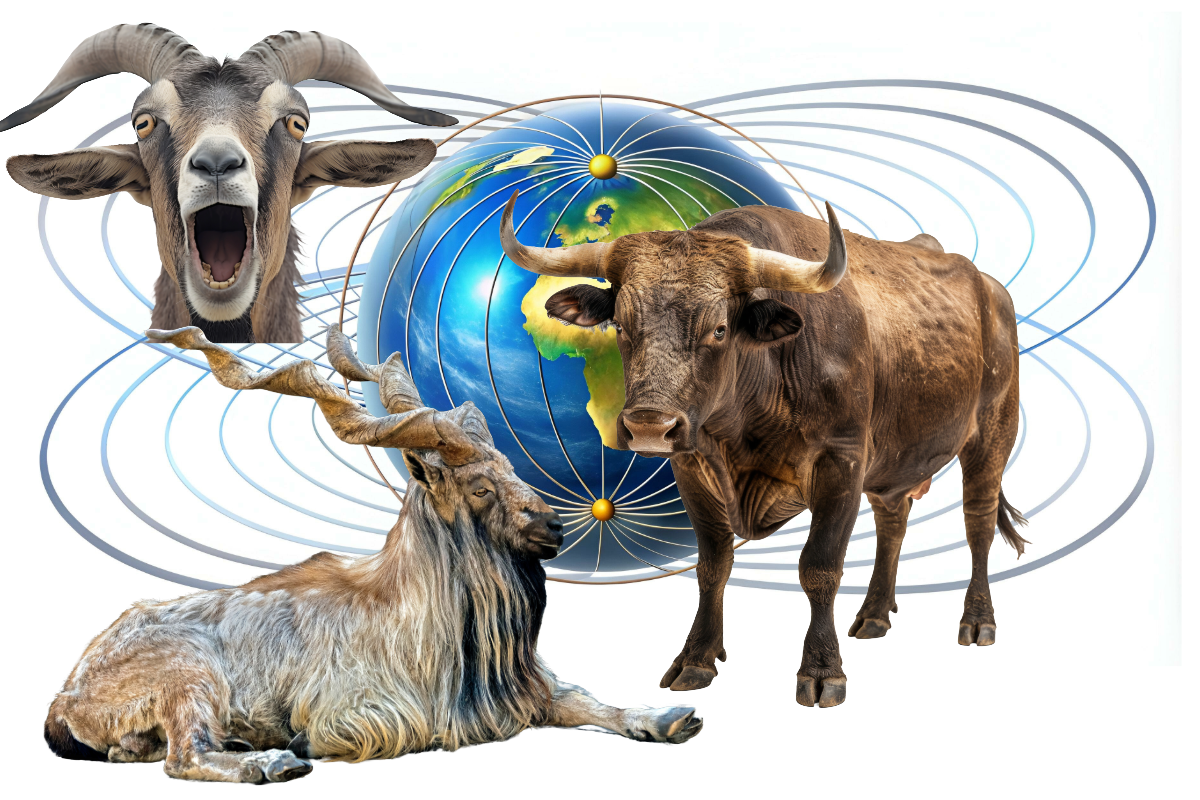
Animal Sensitivity to Geomagnetic Fields
Many animal species possess magnetoreception, the ability to detect magnetic fields for orientation and navigation. Birds, particularly migratory species like the European robin (Erithacus rubecula), exhibit a magnetic compass that is sensitive to both the inclination and intensity of the Earth’s magnetic field. Research has shown that this capability is light-dependent, likely mediated by cryptochrome proteins in the retina (Wiltschko and Wiltschko 2014). Similarly, loggerhead sea turtles (Caretta caretta) use geomagnetic cues to navigate thousands of miles across oceans, exhibiting remarkable accuracy (Lohmann et al. 2007).
This magnetoreception often hinges on radical pair mechanisms—quantum processes that involve the spin states of electron pairs. These pairs are affected by magnetic fields and are hypothesized to contribute to the sensory perception of magnetic fields (Hore and Mouritsen 2016). This quantum-biological interface is still under active investigation but suggests an innate, albeit limited, quantum communicative potential in animal physiology.
Modern Technology and Electromagnetic Pollution
With the ubiquity of wireless communication and sonar-based technologies, concerns have grown over their ecological impacts. Cell phones emit radiofrequency (RF) electromagnetic fields in the range of 700 MHz to 2.6 GHz. These frequencies differ significantly from the Earth’s static magnetic field (50 µT), yet their high-energy emissions can interfere with biological processes. Research has demonstrated that RF fields can disrupt avian magnetic compass orientation (Engels et al. 2014). Similarly, marine mammals like dolphins and whales rely on acoustic and possibly geomagnetic cues for navigation, which are disrupted by naval sonar and shipping noise (Nowacek et al. 2007).
This interference suggests that anthropogenic electromagnetic and acoustic signals are capable of affecting the very quantum processes upon which magnetoreception may depend. These disruptions underscore the need for responsible development and deployment of such technologies.
Technological Synergy and Quantum Communication
Despite their disruptive potential, modern technologies also present an intriguing opportunity: could they be repurposed or re-engineered to facilitate communication with animals on a quantum level?
The concept of quantum communication typically involves the transfer of information through quantum states such as spin or polarization. If animals truly utilize radical pair mechanisms in cryptochromes for magnetoreception, then their sensory systems are effectively engaging with quantum information. Recent advances in quantum computing and quantum coherence detection provide a basis for detecting and even influencing these spin-based mechanisms in controlled environments.
For instance, cell phones and other RF emitters could potentially be modulated to produce fields that align with or stimulate the radical pair reactions in cryptochromes. This would not involve direct language-based communication but could serve as a binary or patterned input detectable by animals. Similarly, sonar could be optimized to produce quantum-coherent acoustic waves, targeting the auditory and possibly quantum-sensory systems of marine mammals.
Hypothesis: Toward Quantum-Driven Bio-Communication
We hypothesize that with precise tuning, modern communication technologies could be harnessed to engage with the quantum sensory mechanisms of animals. This would involve three primary components:
Quantum Resonance Mapping: Identifying specific frequencies and field strengths that interact with the radical pair mechanisms in magnetoreceptive animals.
Signal Translation Algorithms: Developing algorithms to encode simple messages in these frequency modulations, perhaps akin to Morse code but at a quantum level.
Behavioral Feedback Systems: Using real-time behavioral monitoring (via GPS or bio-logging devices) to determine whether animals are responding to these quantum signals.
This paradigm of interaction would not mirror human communication but would instead function as a system of quantum cues, potentially used for migration guidance, habitat alerts, or stress reduction in environments heavily impacted by human activity.
Ethical and Ecological Considerations
Any attempt to communicate with animals, particularly at the level of their innate sensory systems, must be approached with caution. Manipulating magnetoreception or sonar perception may yield unforeseen behavioral consequences. There is also the risk of anthropocentric bias, whereby human intentions and constructs are imposed on species with vastly different cognitive frameworks. Furthermore, ethical frameworks must be developed to govern the use of such technologies in wild ecosystems.
For Future Applications
The interface between geomagnetic sensing in animals and human-made electromagnetic technologies is a fertile ground for interdisciplinary research. While the disruptive effects of RF and sonar on animal navigation are well documented, the speculative frontier of quantum communication offers a tantalizing vision of cross-species interaction. Through careful scientific inquiry, technological innovation, and ethical stewardship, we may one day open a dialog—however rudimentary—with the animal kingdom, guided not by voice, but by the subtle language of quantum fields.
Learning the “language” of animals through their geomagnetic and quantum sensitivity involves not only transmitting signals but also decoding their natural responses. By observing behavioral shifts in response to controlled quantum-modulated fields, researchers could begin to build a lexicon of bio-responses. Over time, pattern recognition algorithms paired with AI-driven modeling might decode this communicative structure, offering a first glimpse into how animals perceive and respond to both natural and artificial magnetic environments.
Works Cited
Engels, S., et al. “Anthropogenic electromagnetic noise disrupts magnetic compass orientation in a migratory bird.” Nature, vol. 509, no. 7500, 2014, pp. 353-356.
Hore, P. J., and Henrik Mouritsen. “The radical-pair mechanism of magnetoreception.” Annual Review of Biophysics, vol. 45, 2016, pp. 299-344.
Lohmann, Kenneth J., et al. “Geomagnetic map used in sea-turtle navigation.” Nature, vol. 428, no. 6986, 2007, p. 909.
Nowacek, Douglas P., et al. “Responses of cetaceans to anthropogenic noise.” Mammal Review, vol. 37, no. 2, 2007, pp. 81-115.
Wiltschko, Roswitha, and Wolfgang Wiltschko. “Sensing magnetic directions in birds: radical pair processes involving cryptochrome.” Biosensors, vol. 4, no. 3, 2014, pp. 221-242.
Zhang, Hongxin, et al. “Coherence and entanglement in the avian compass.” Nature Physics, vol. 15, no. 5, 2019, pp. 568-572.
Johnsen, Søren, and Kenneth J. Lohmann. “The physics and neurobiology of magnetoreception.” Nature Reviews Neuroscience, vol. 6, no. 9, 2005, pp. 703-712.
Kumar, Rakesh, et al. “Cell phone electromagnetic field radiations affect sperm parameters and histopathology of testis in rats.” International Journal of Environmental Health Research, vol. 24, no. 4, 2014, pp. 365-374.
Tessaro, S., and A. Gleria. “Theoretical quantum biology and communication: Exploring the potential of quantum-coherent devices in bio-interfacing.” Quantum Information Processing, vol. 18, no. 10, 2019, pp. 1-17.
